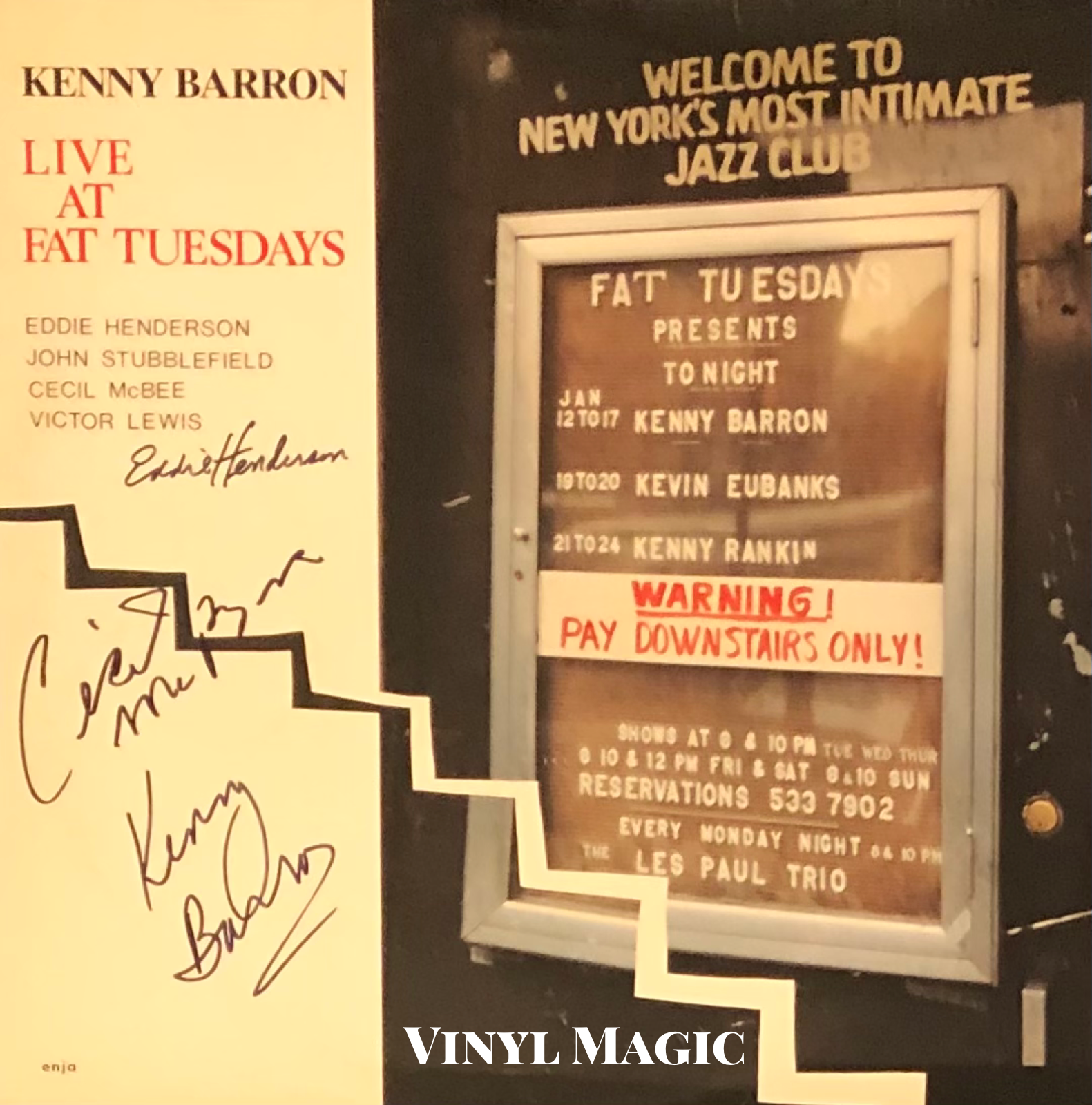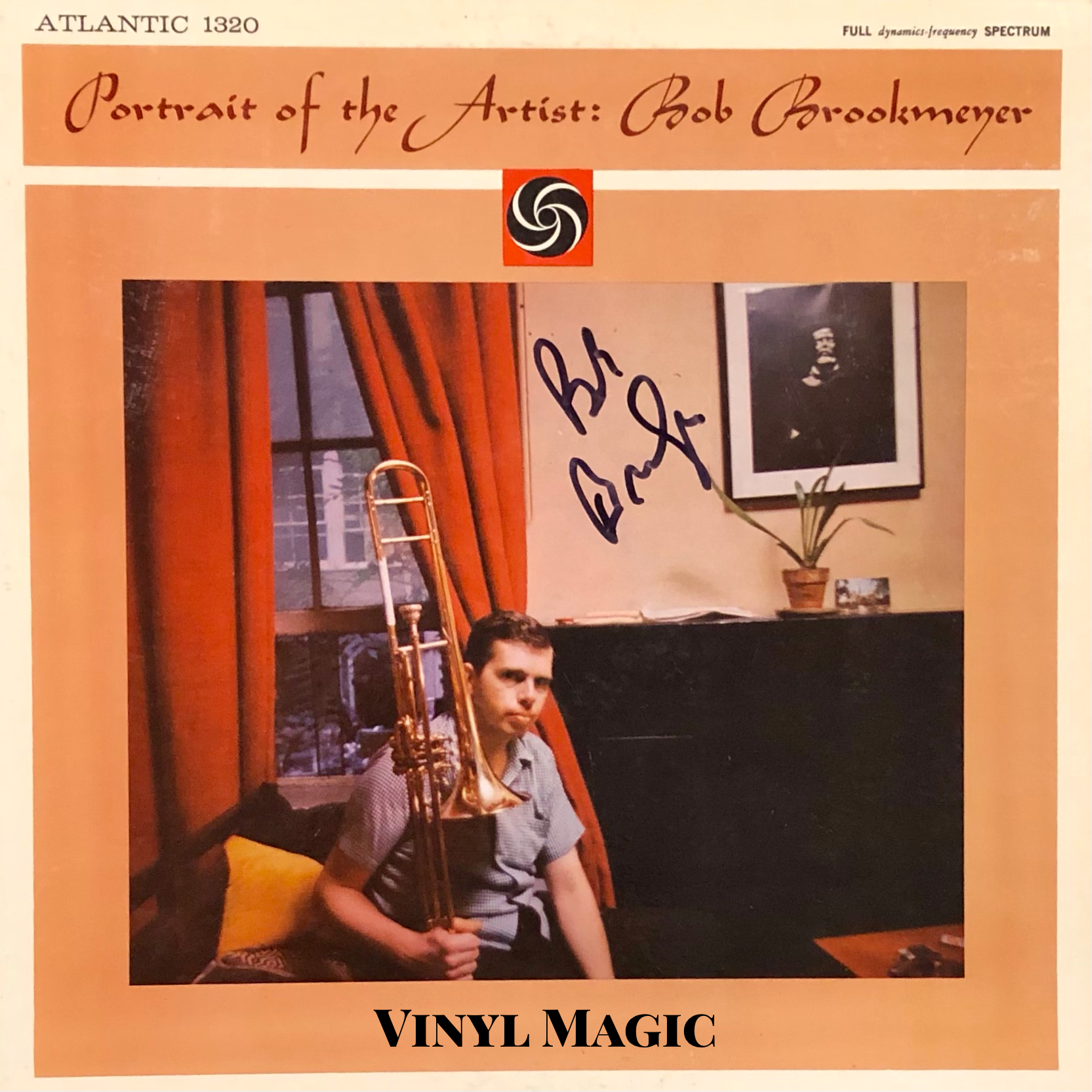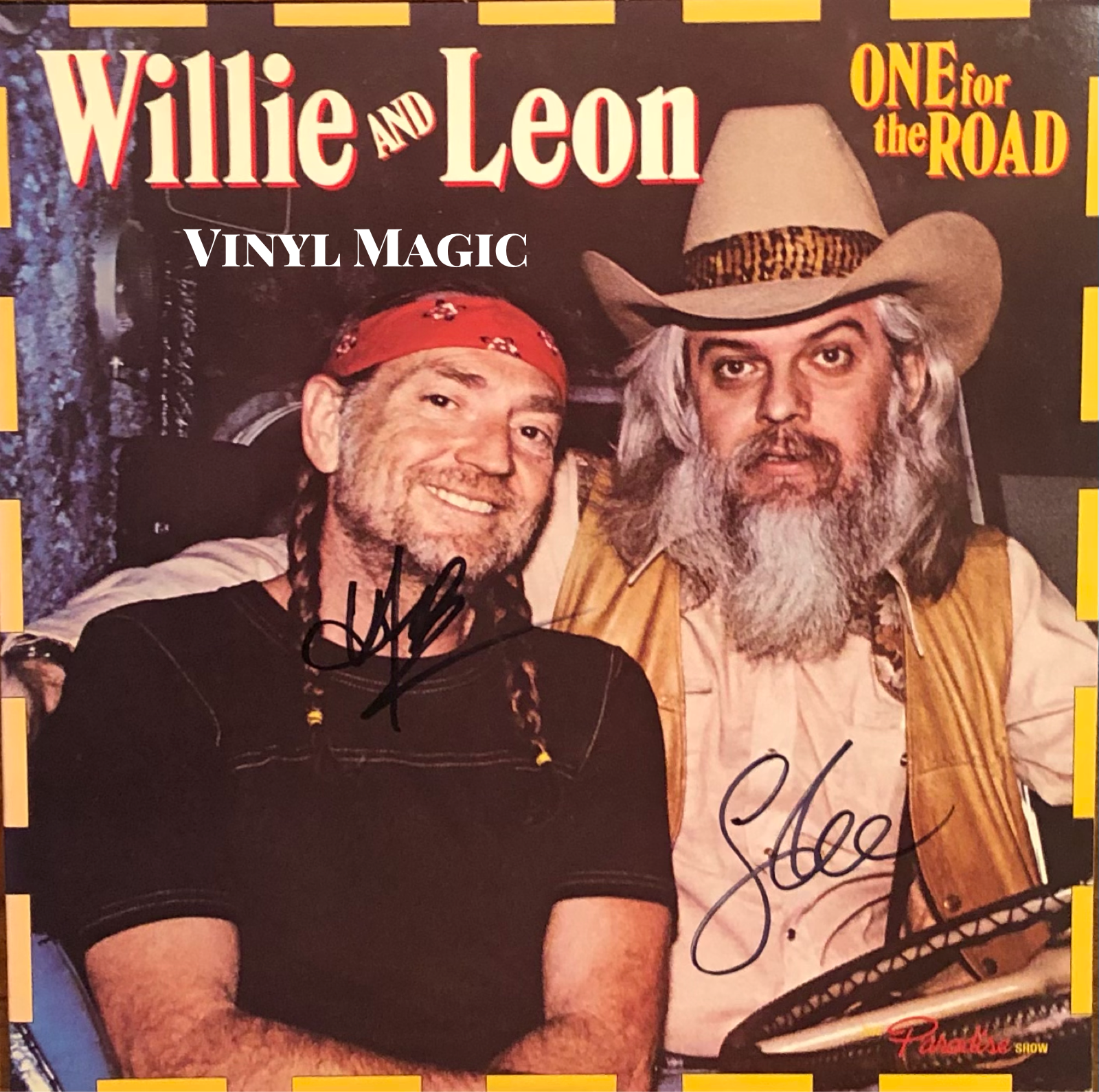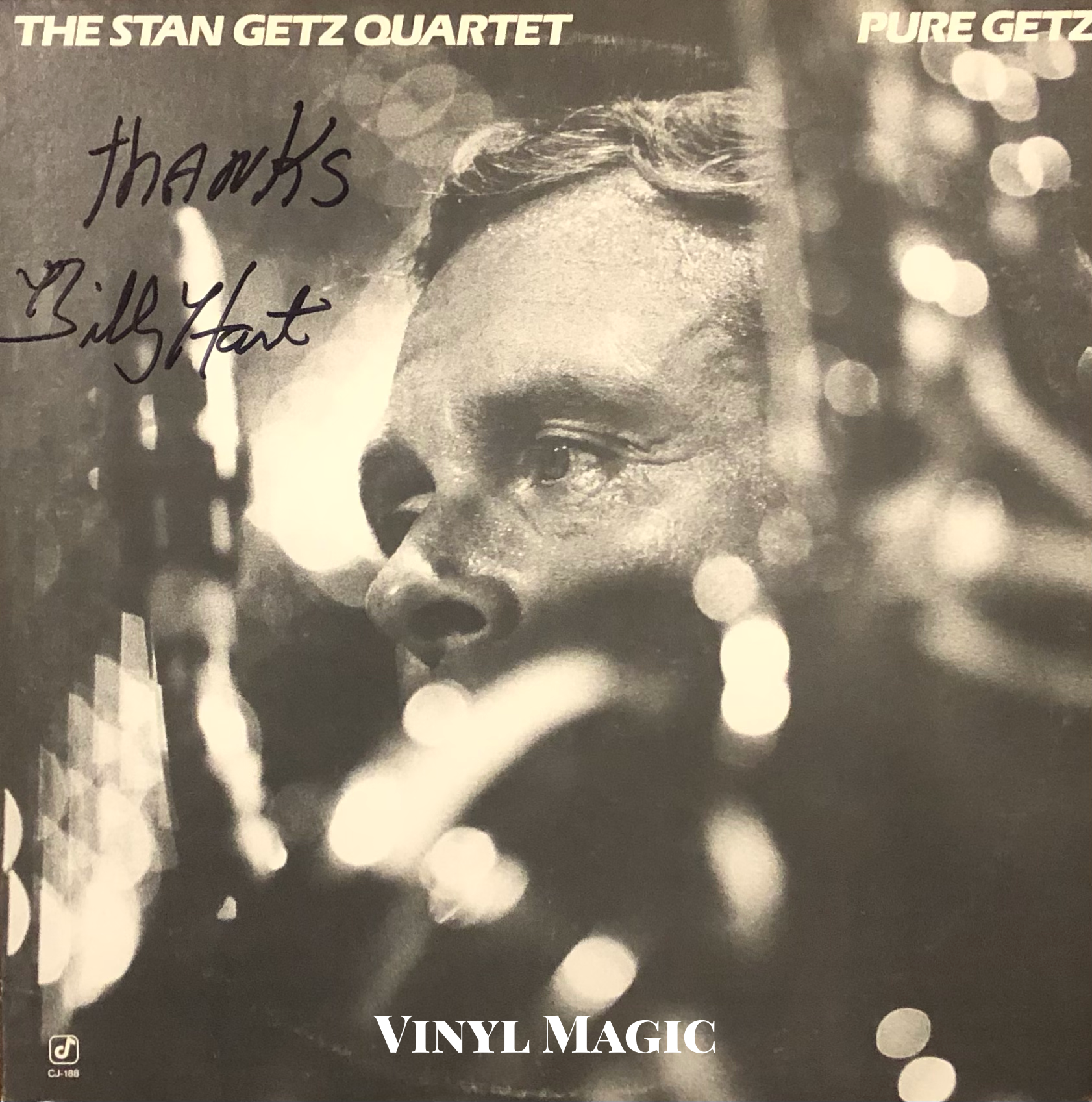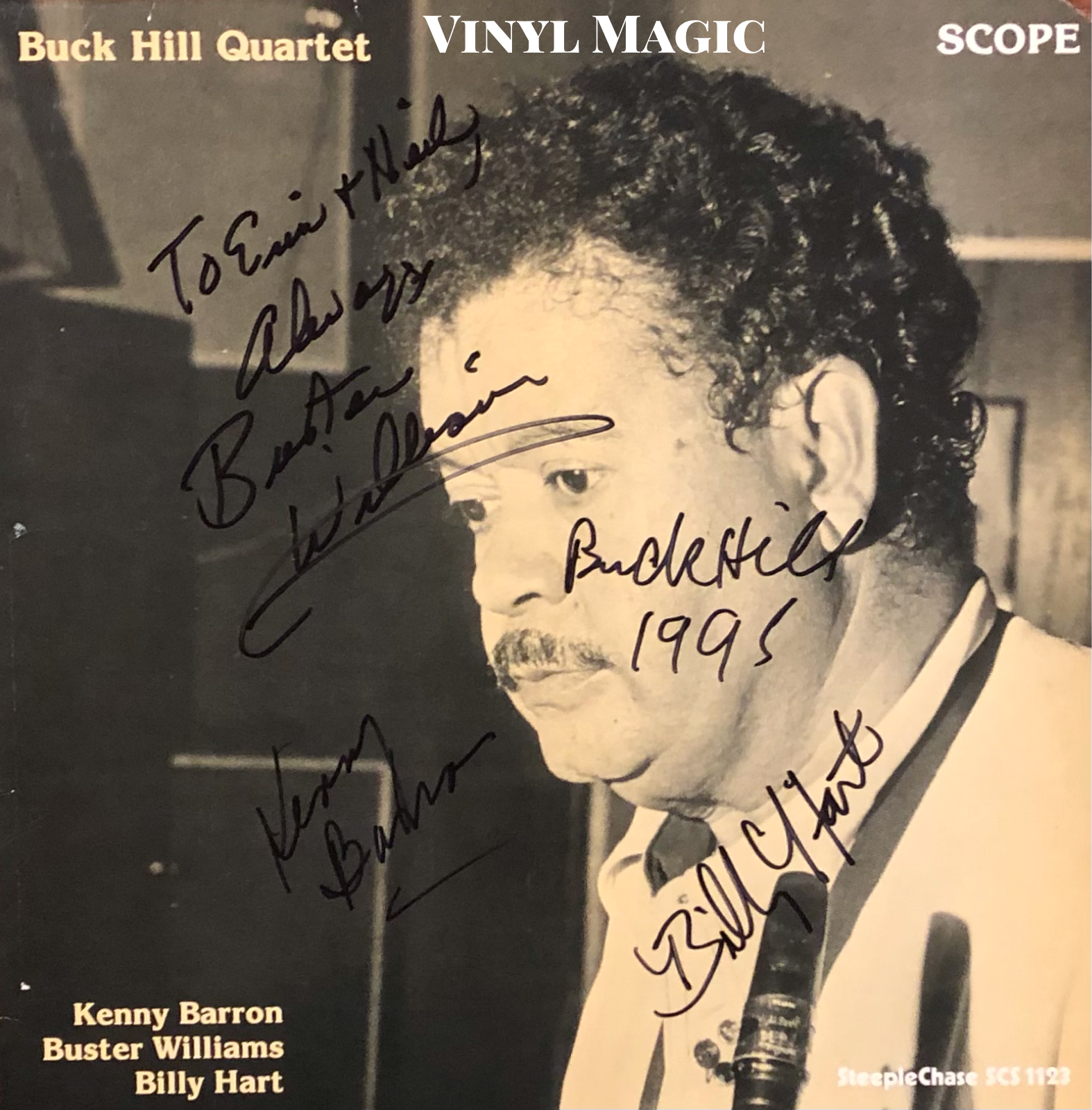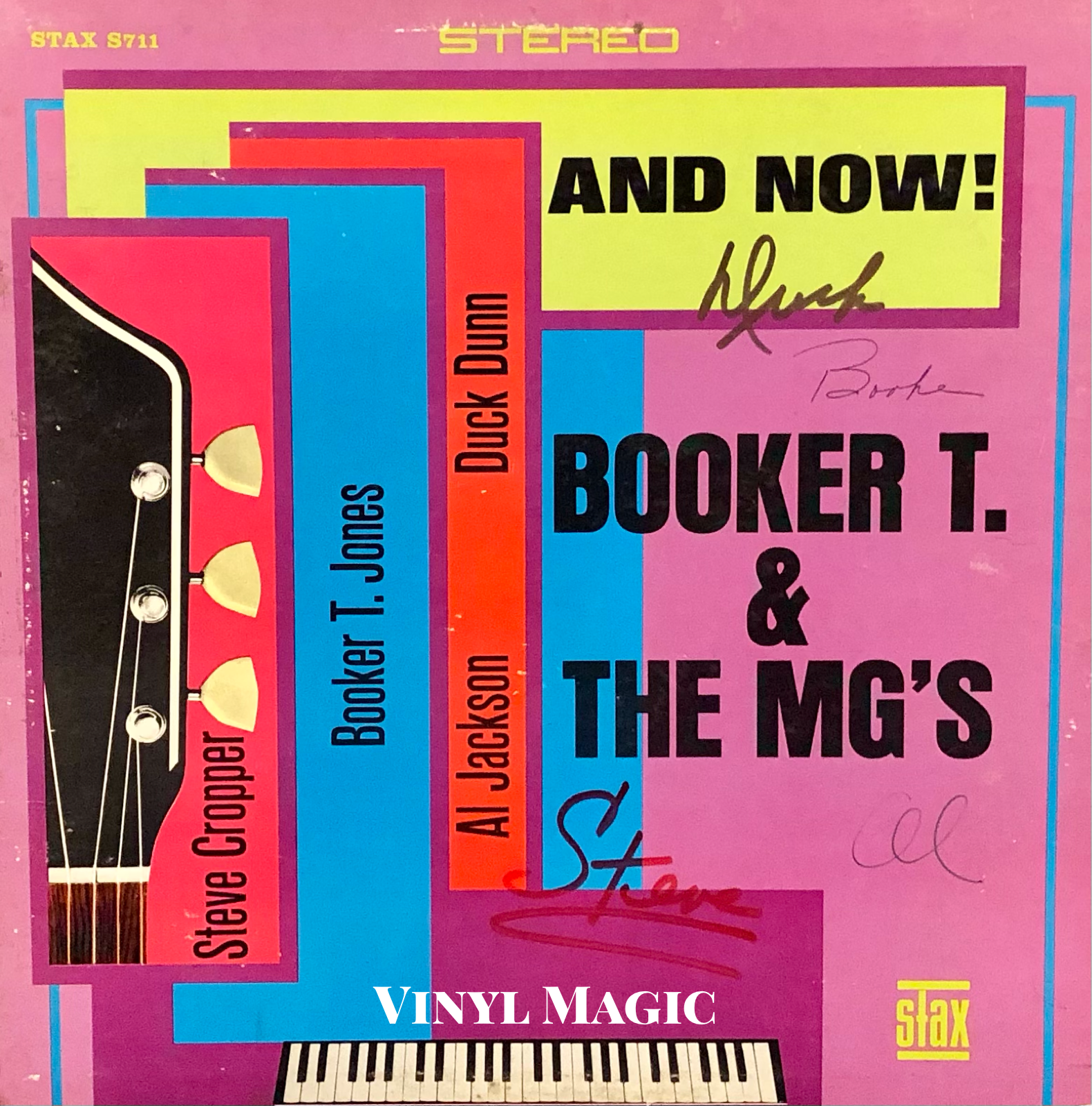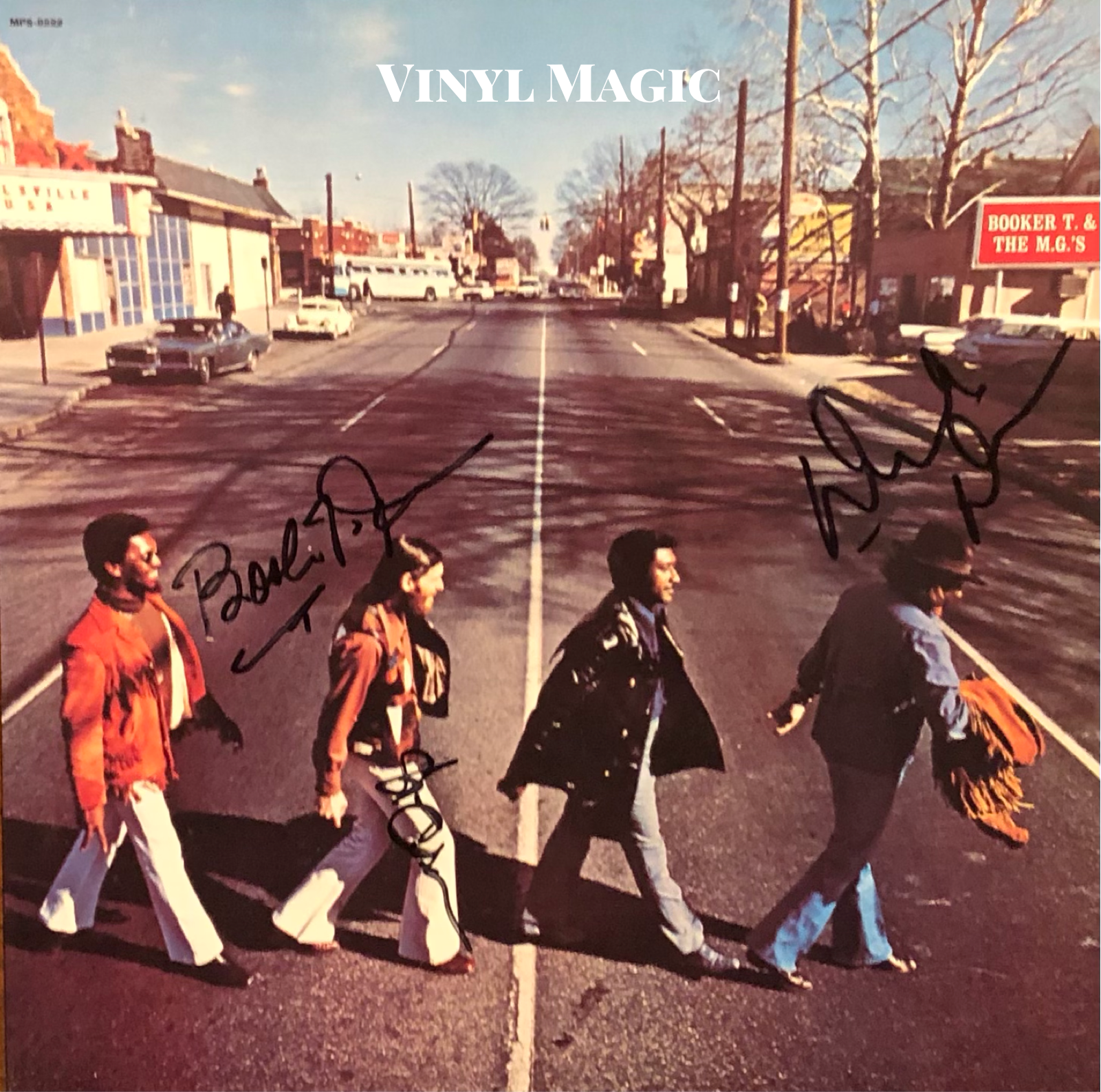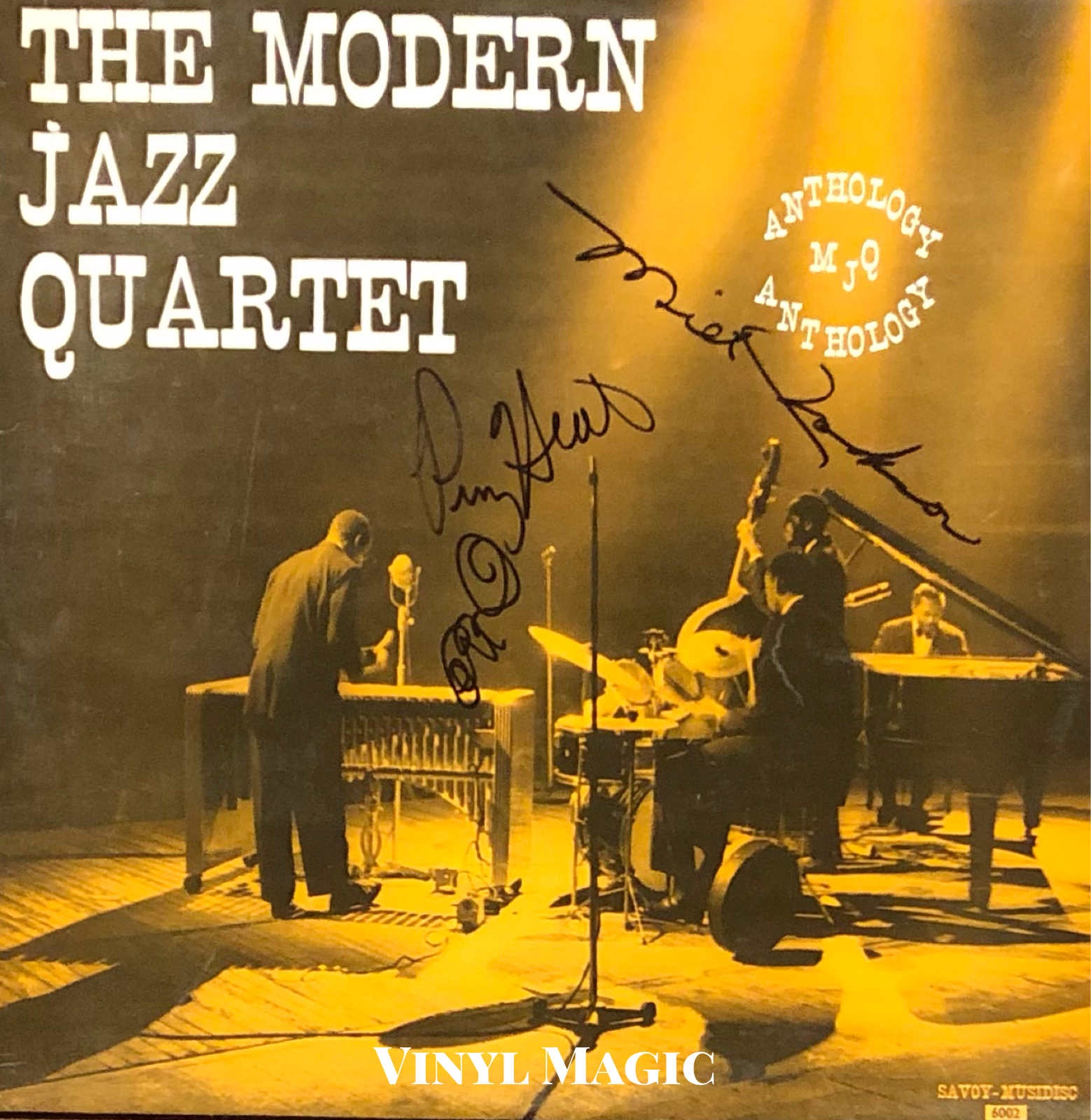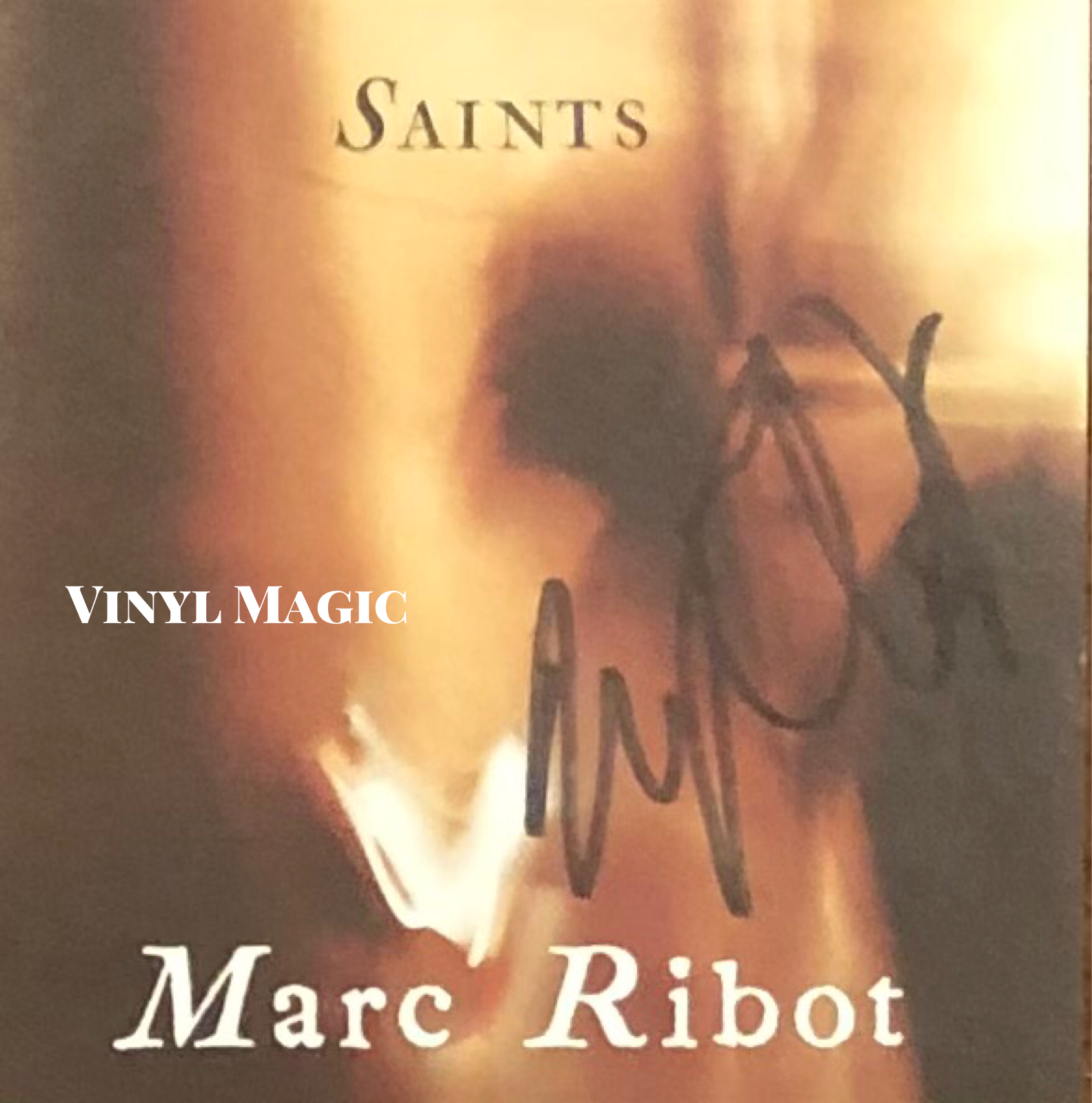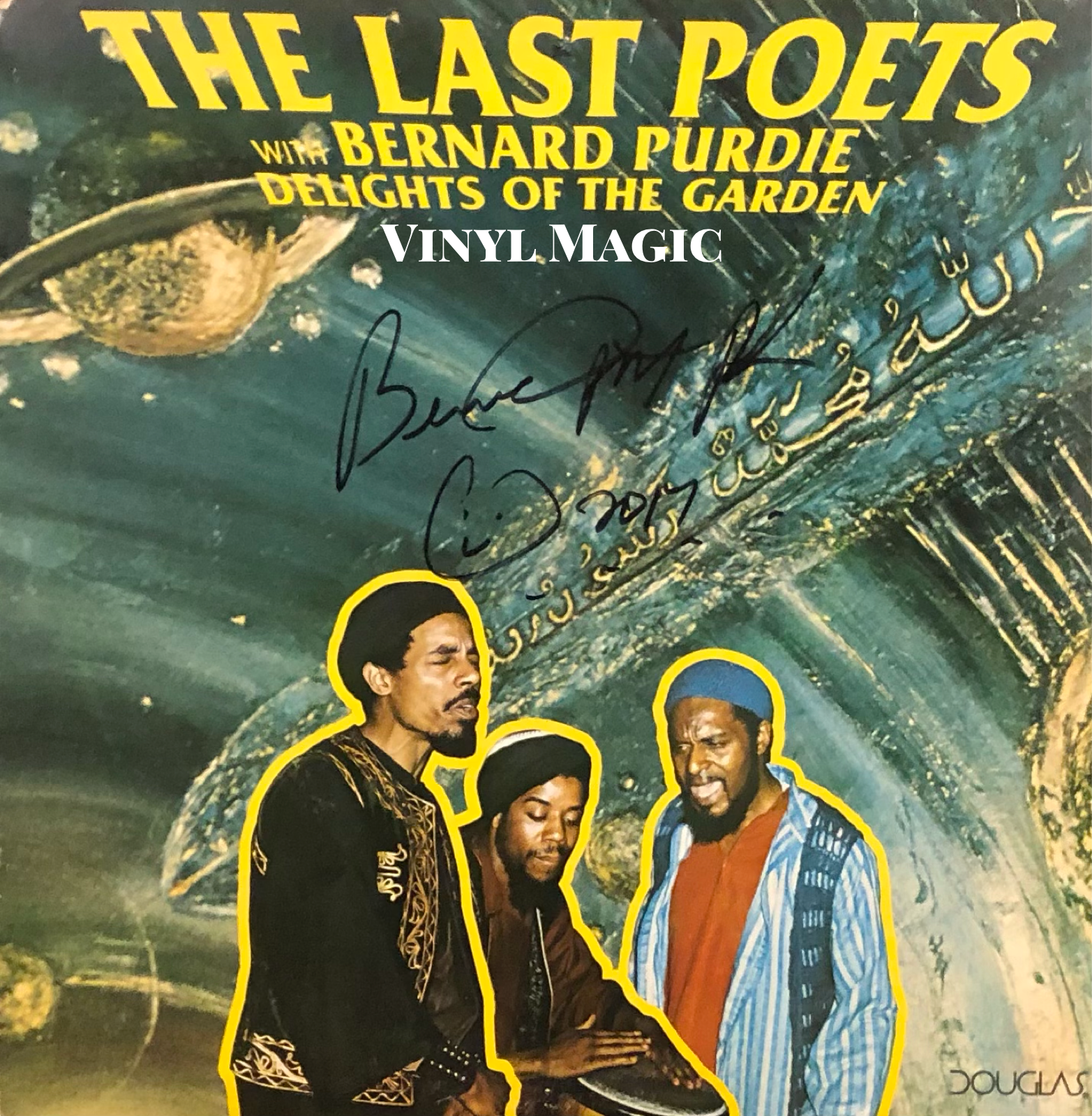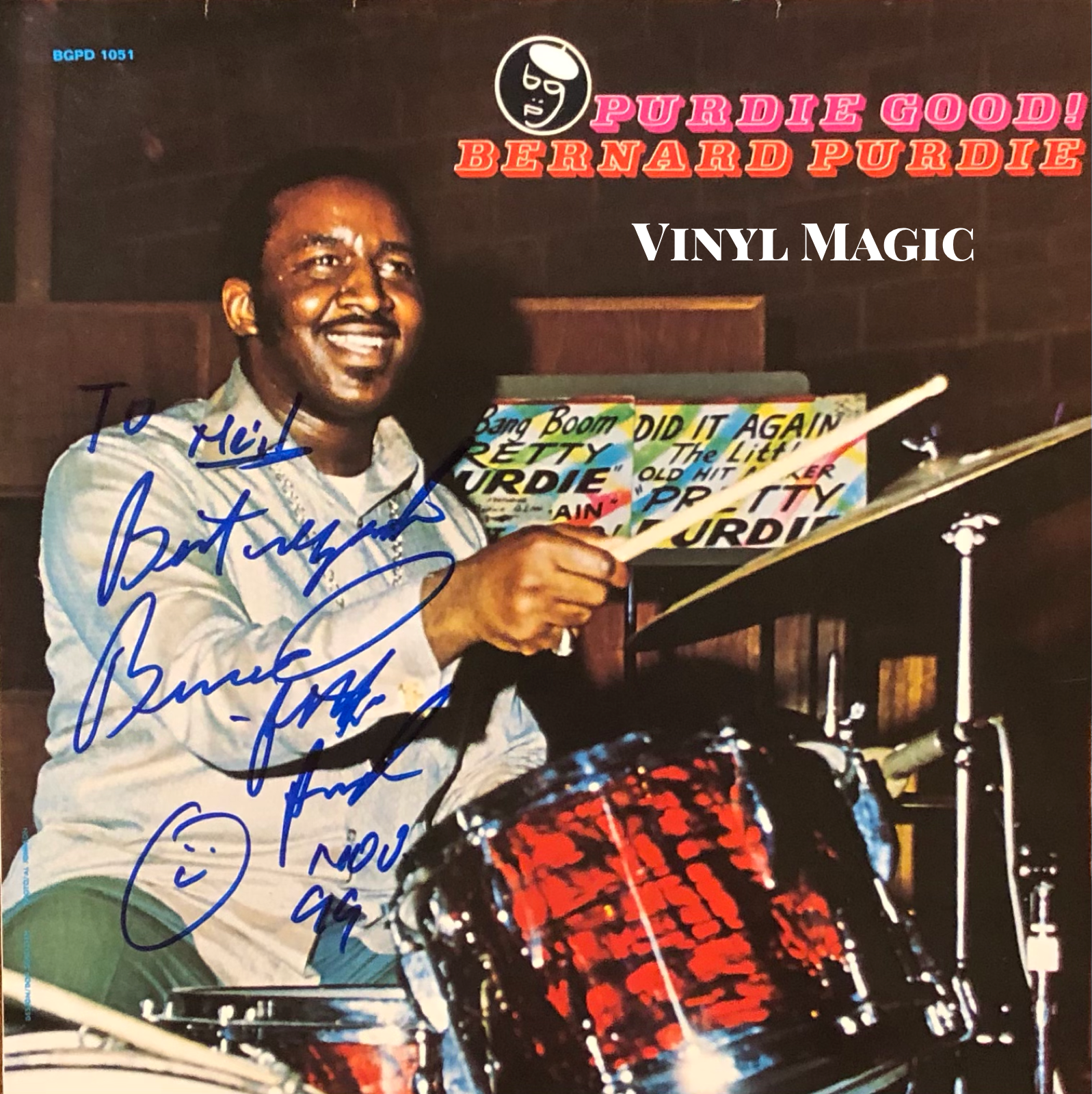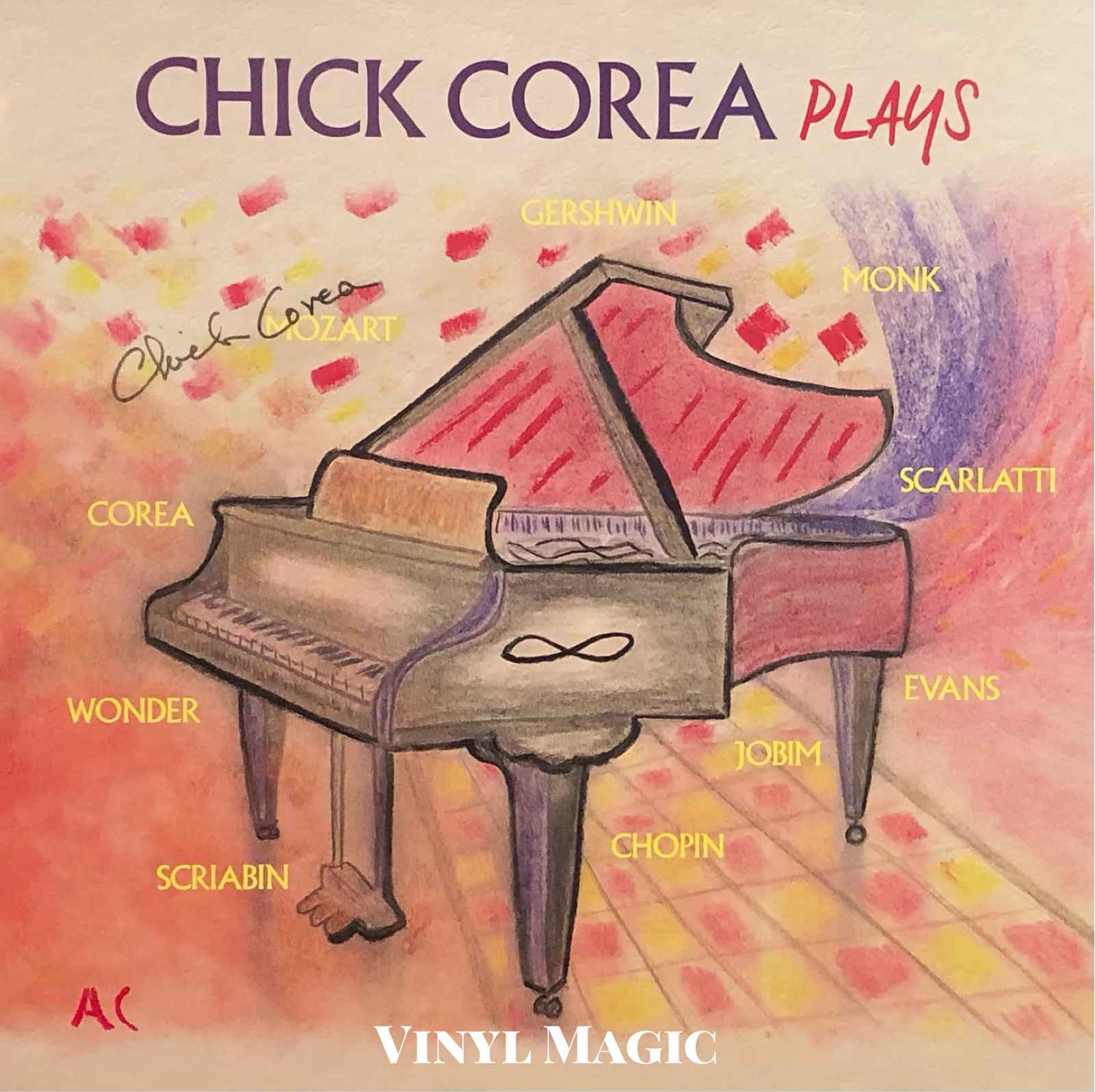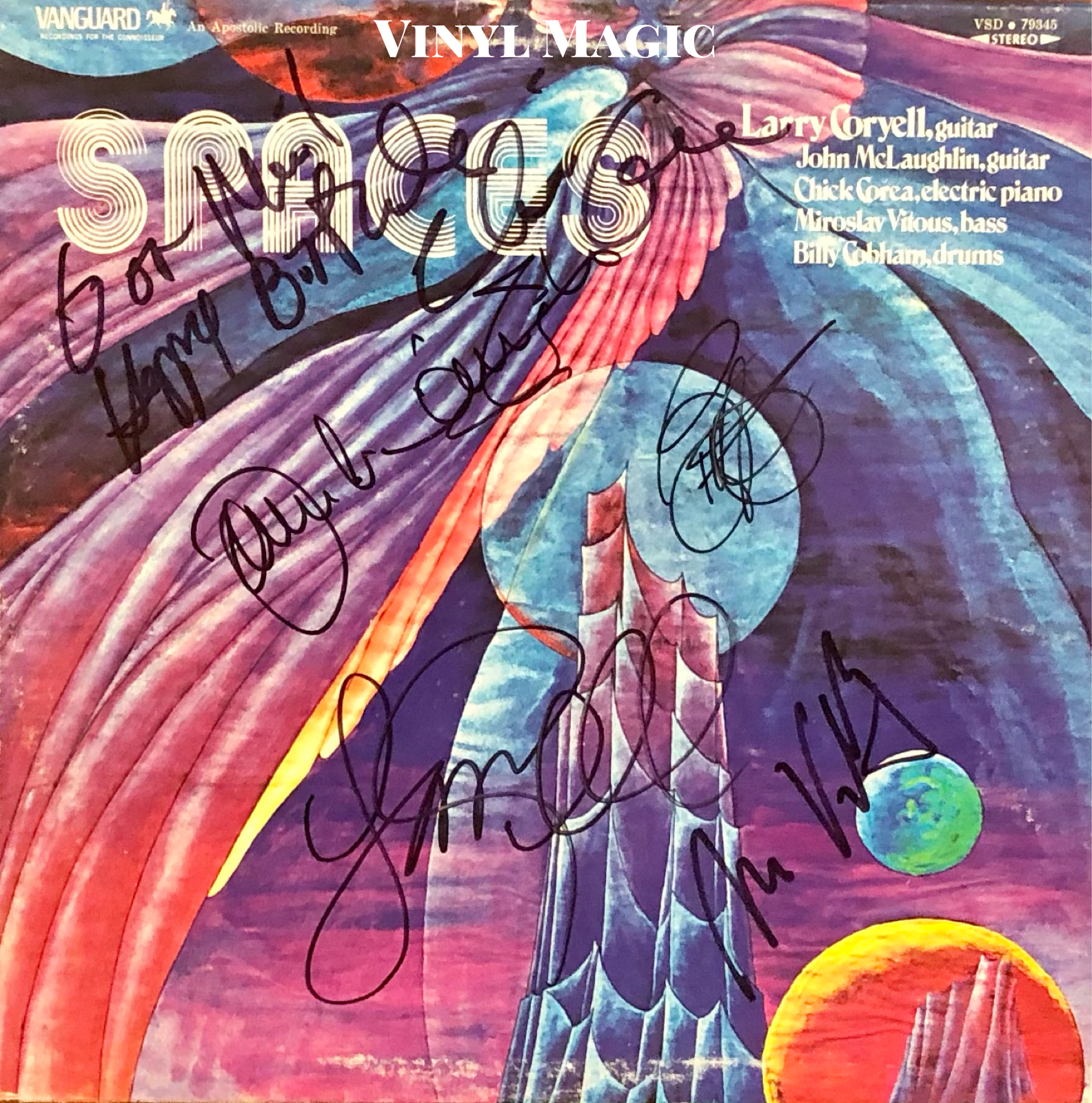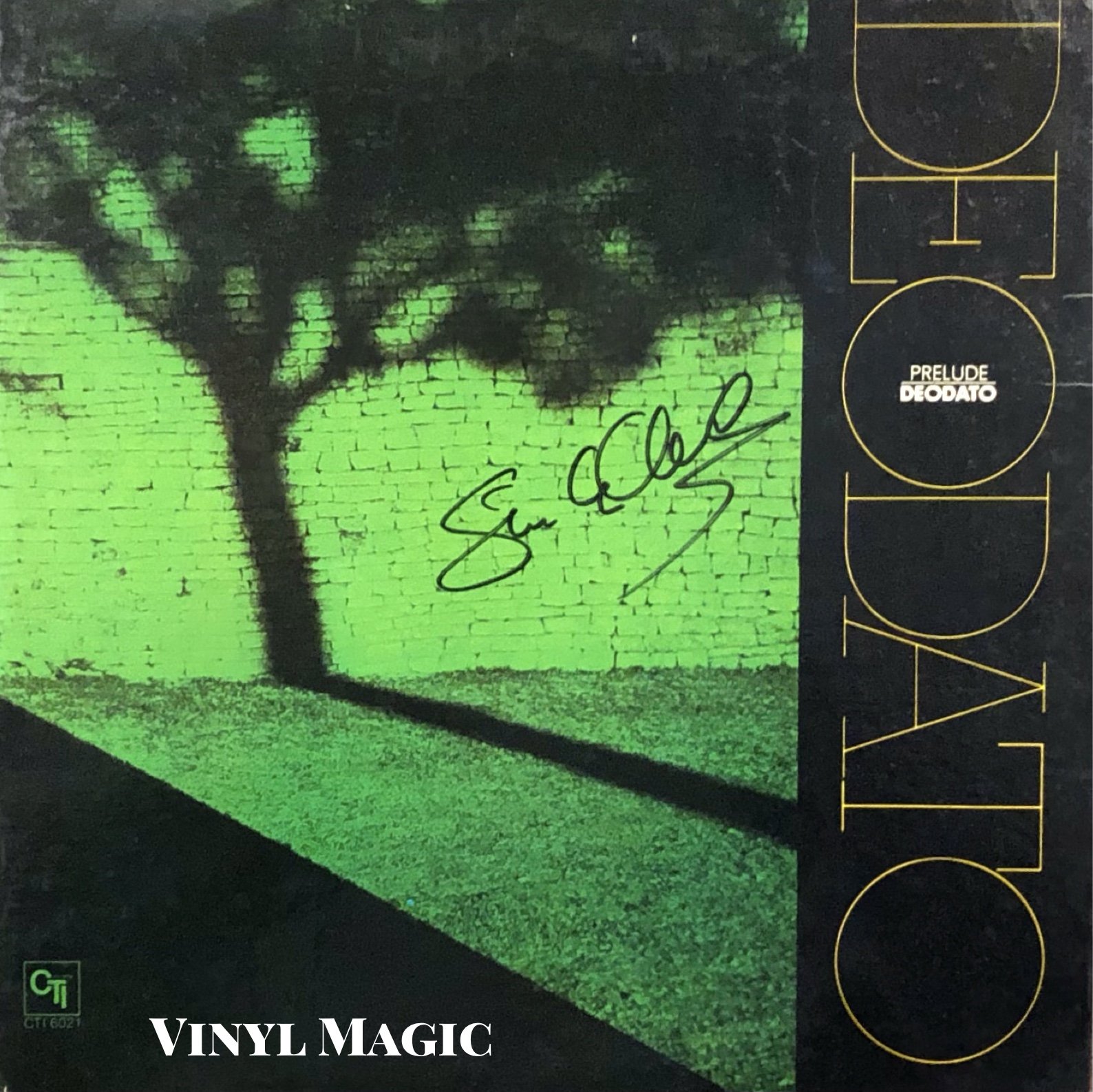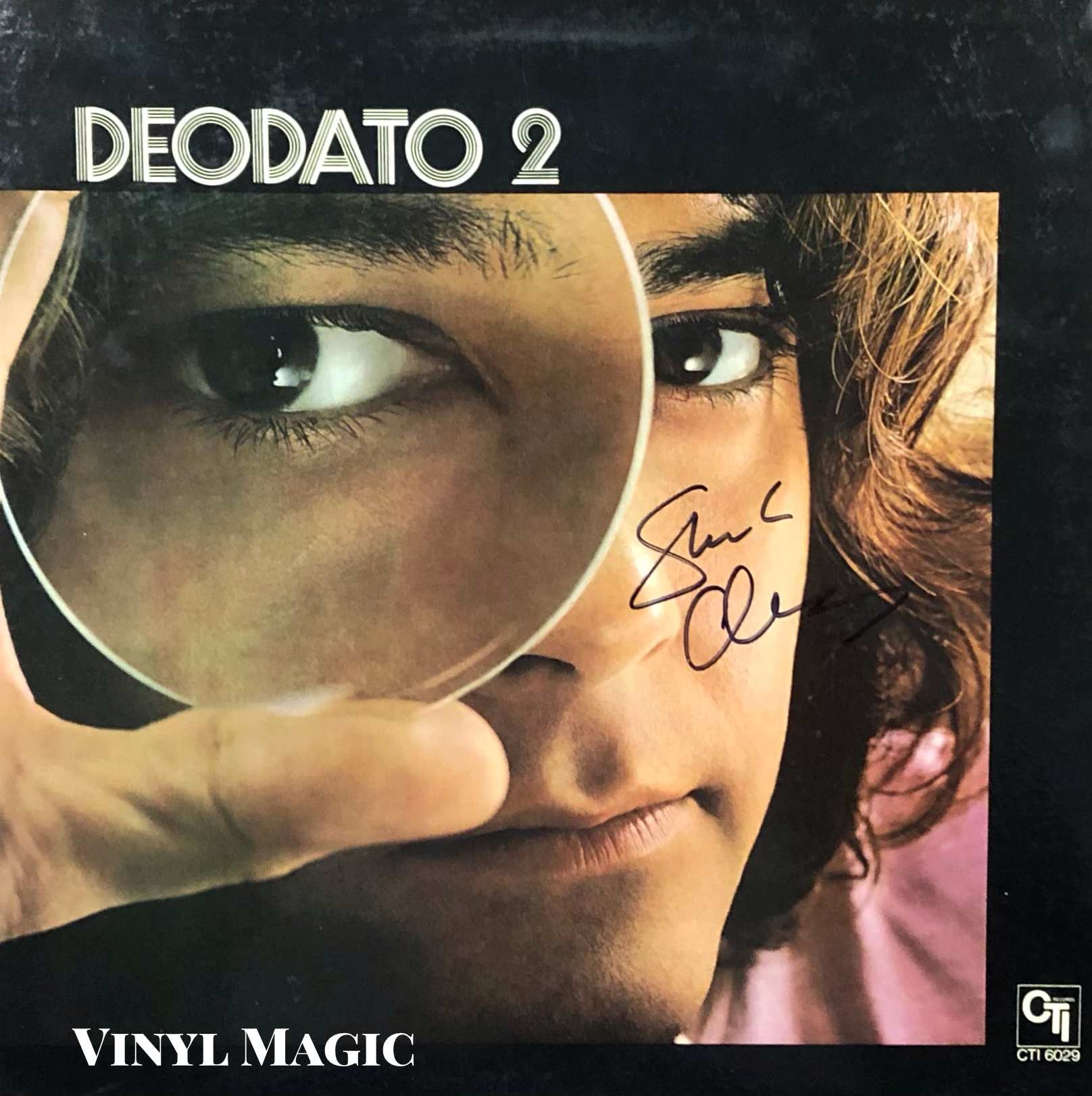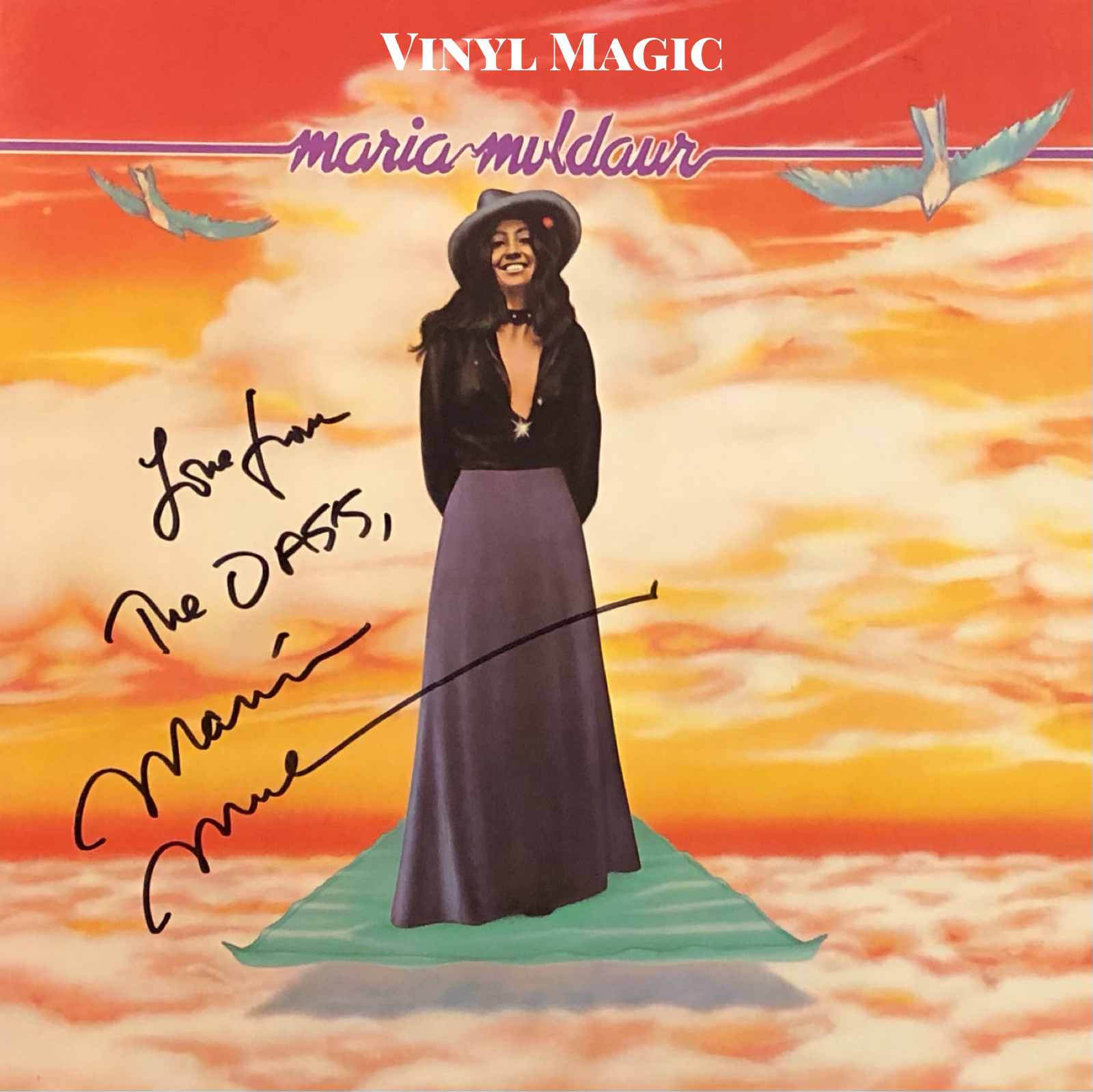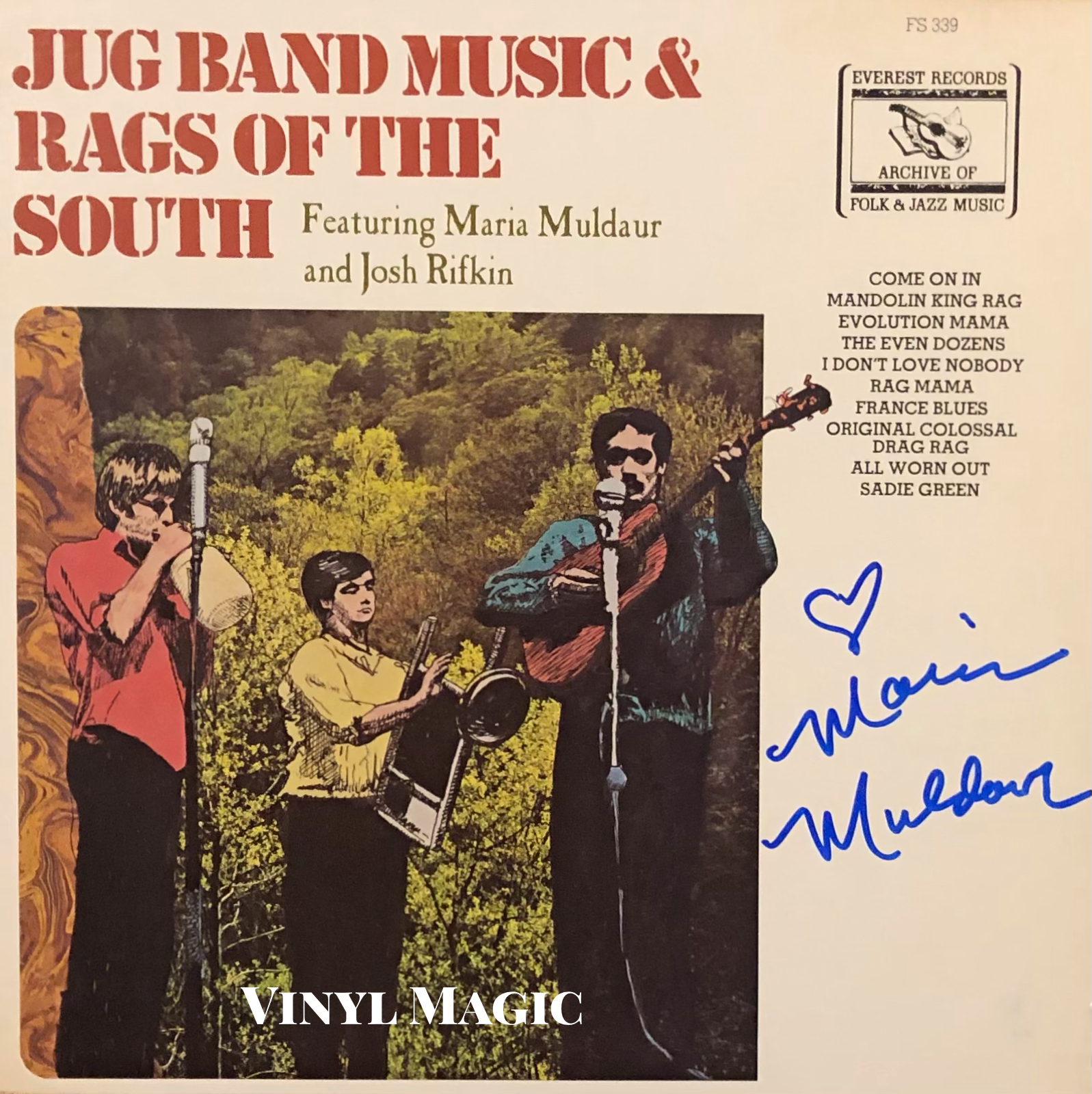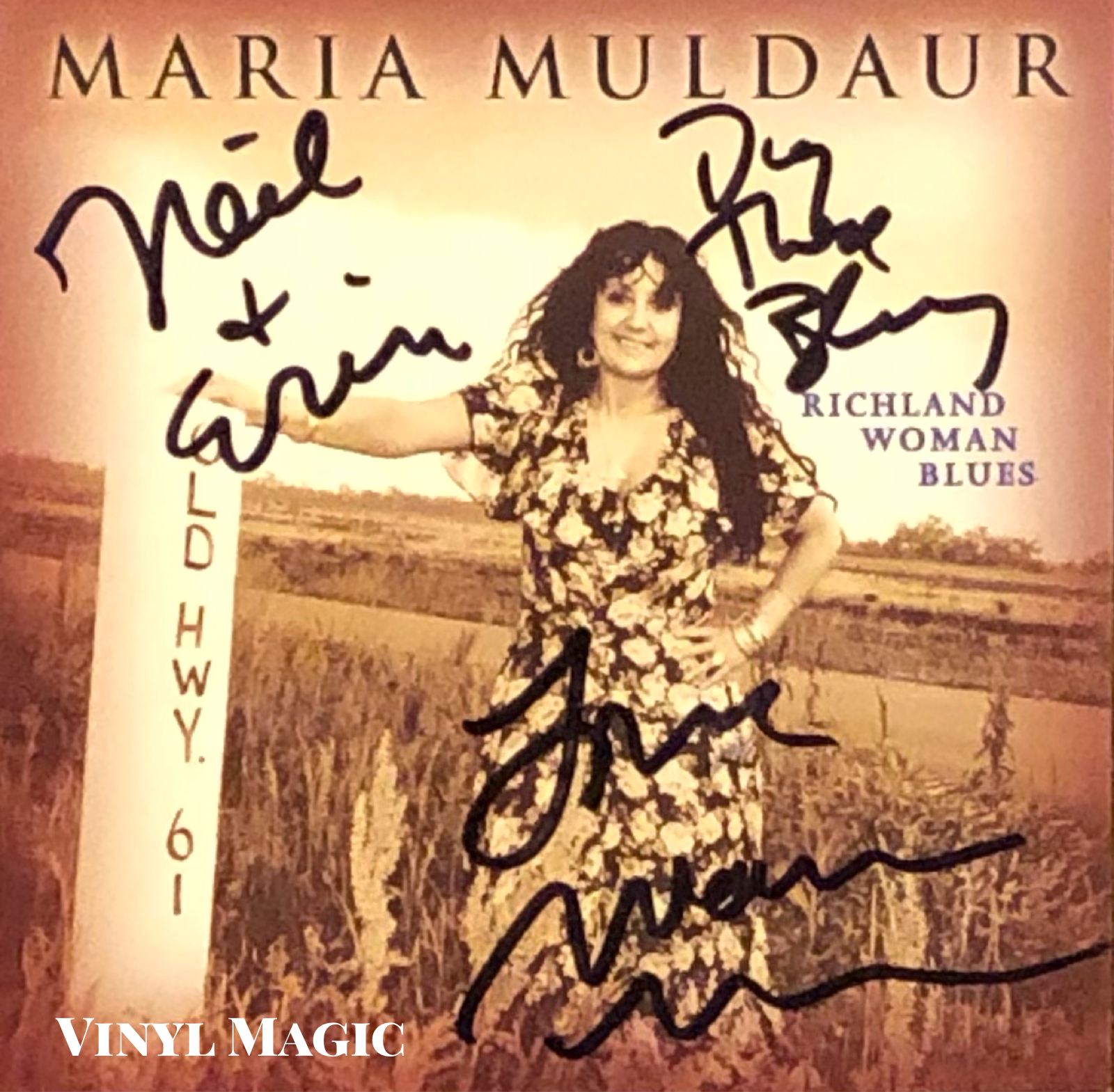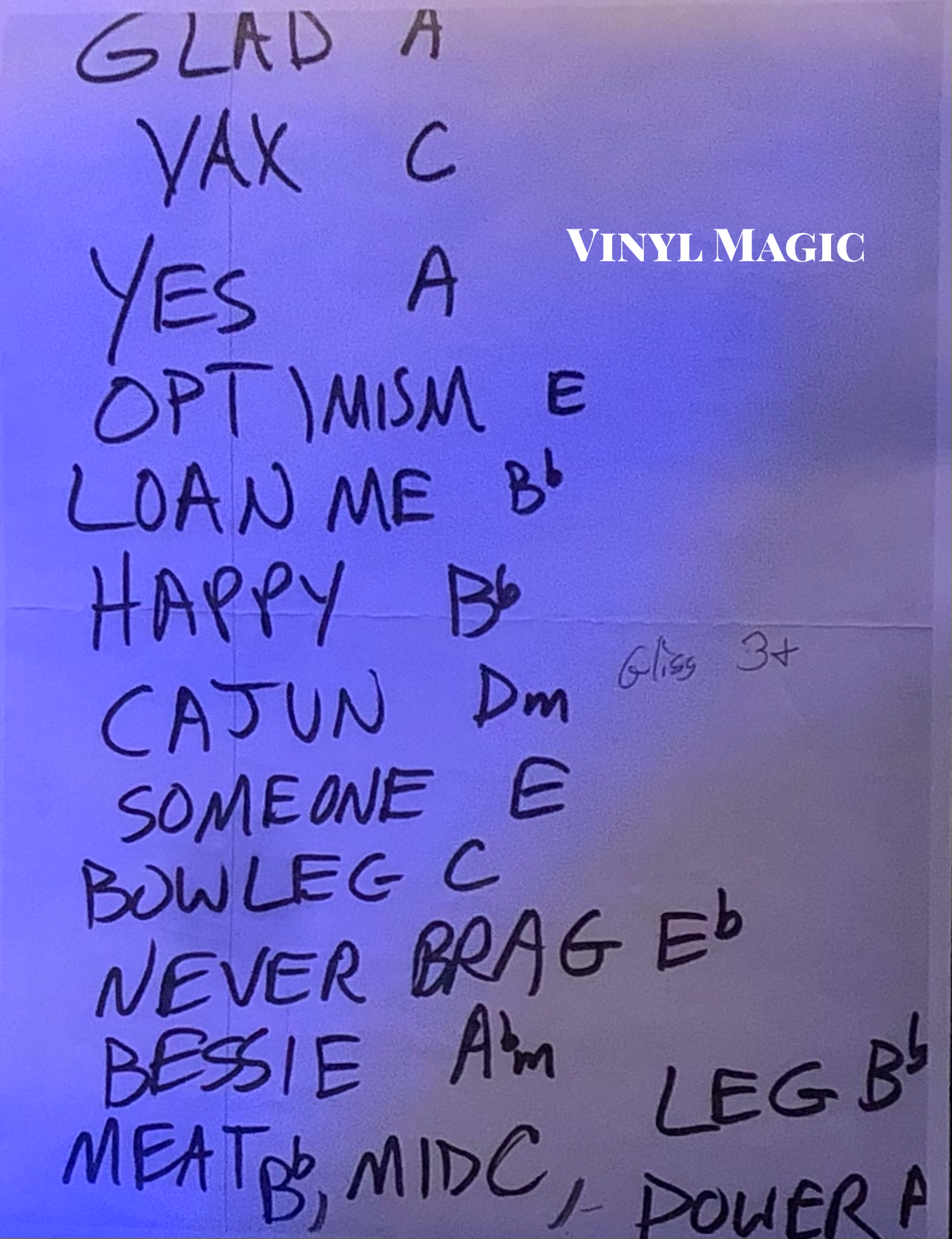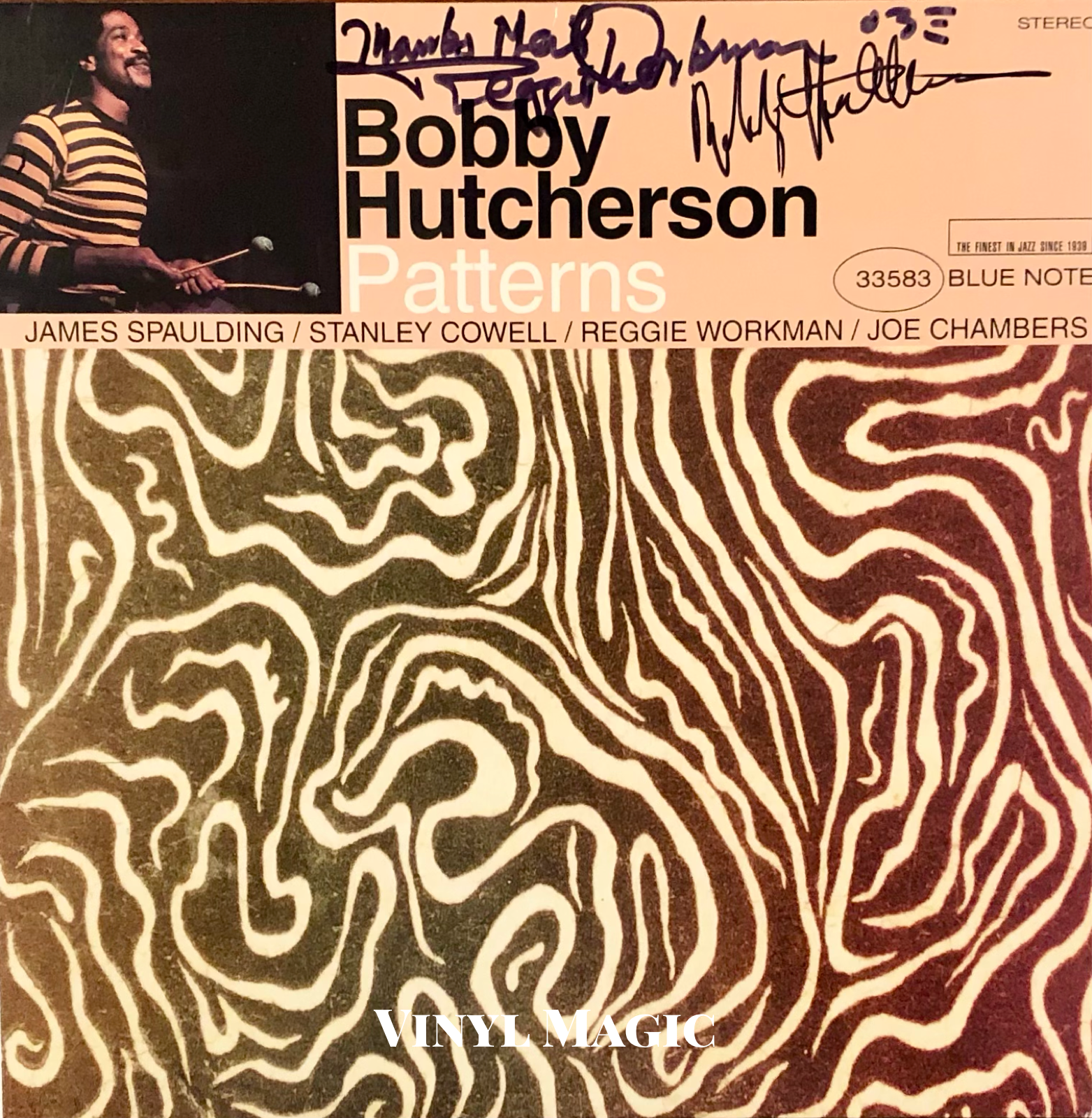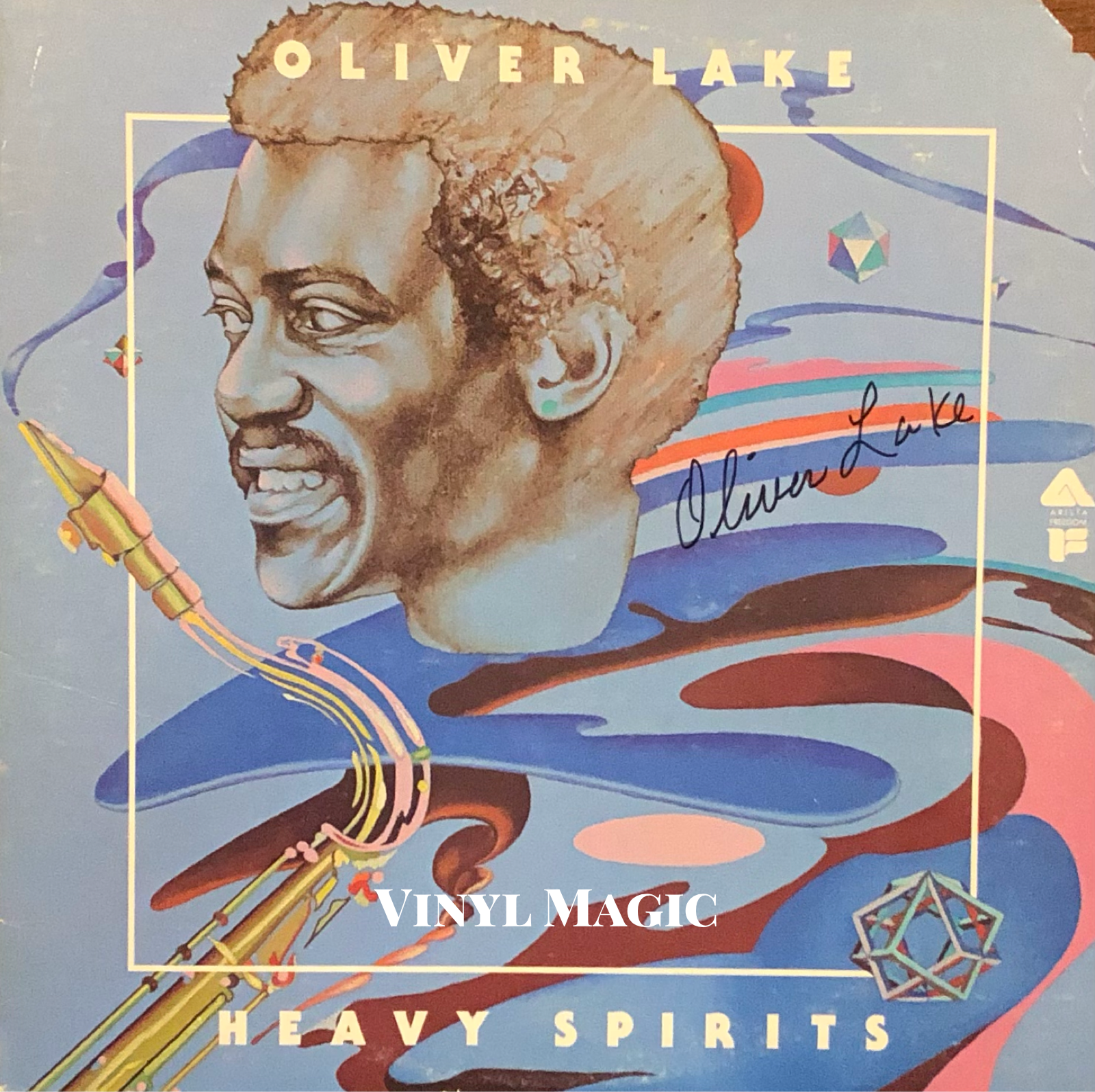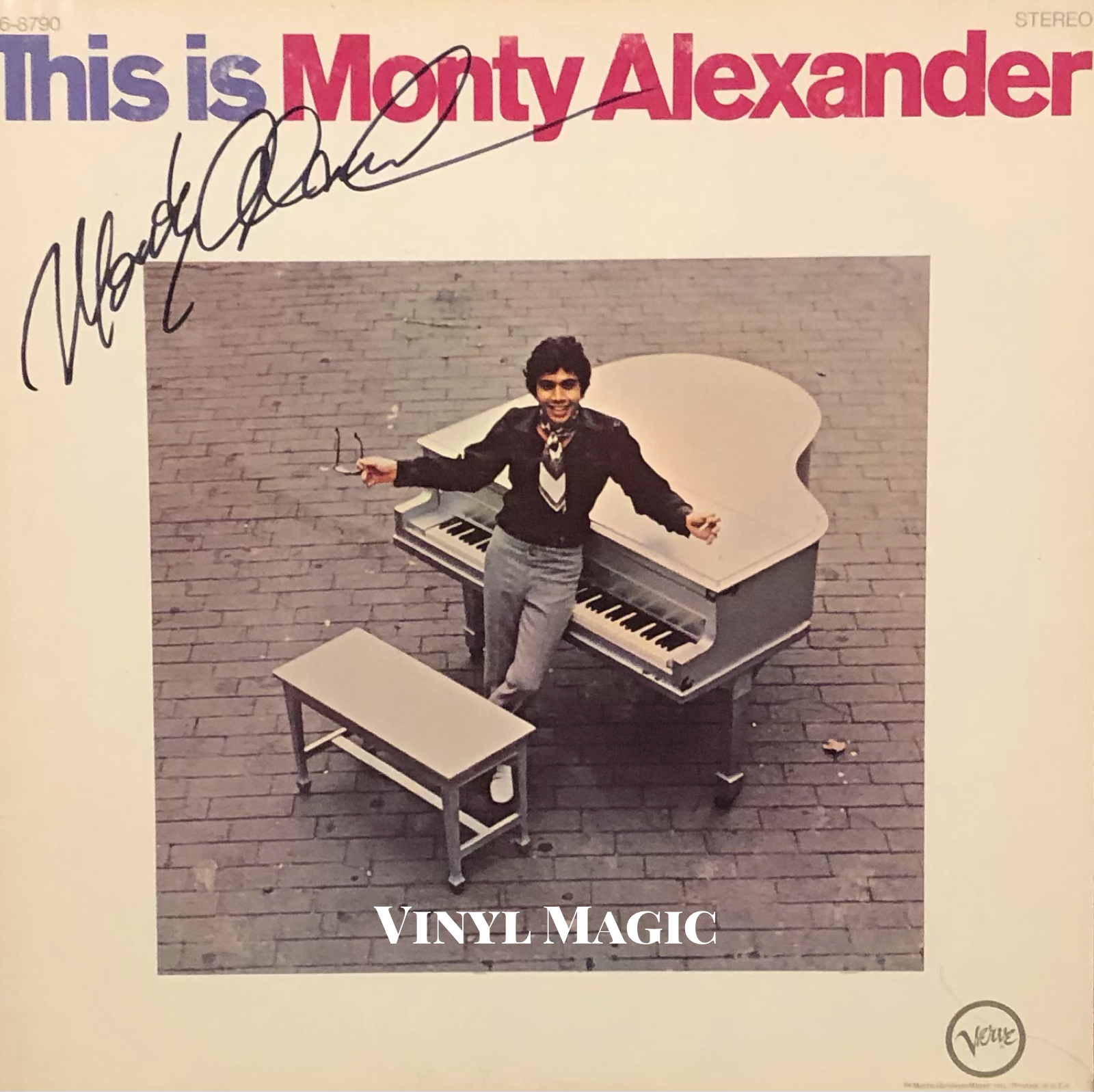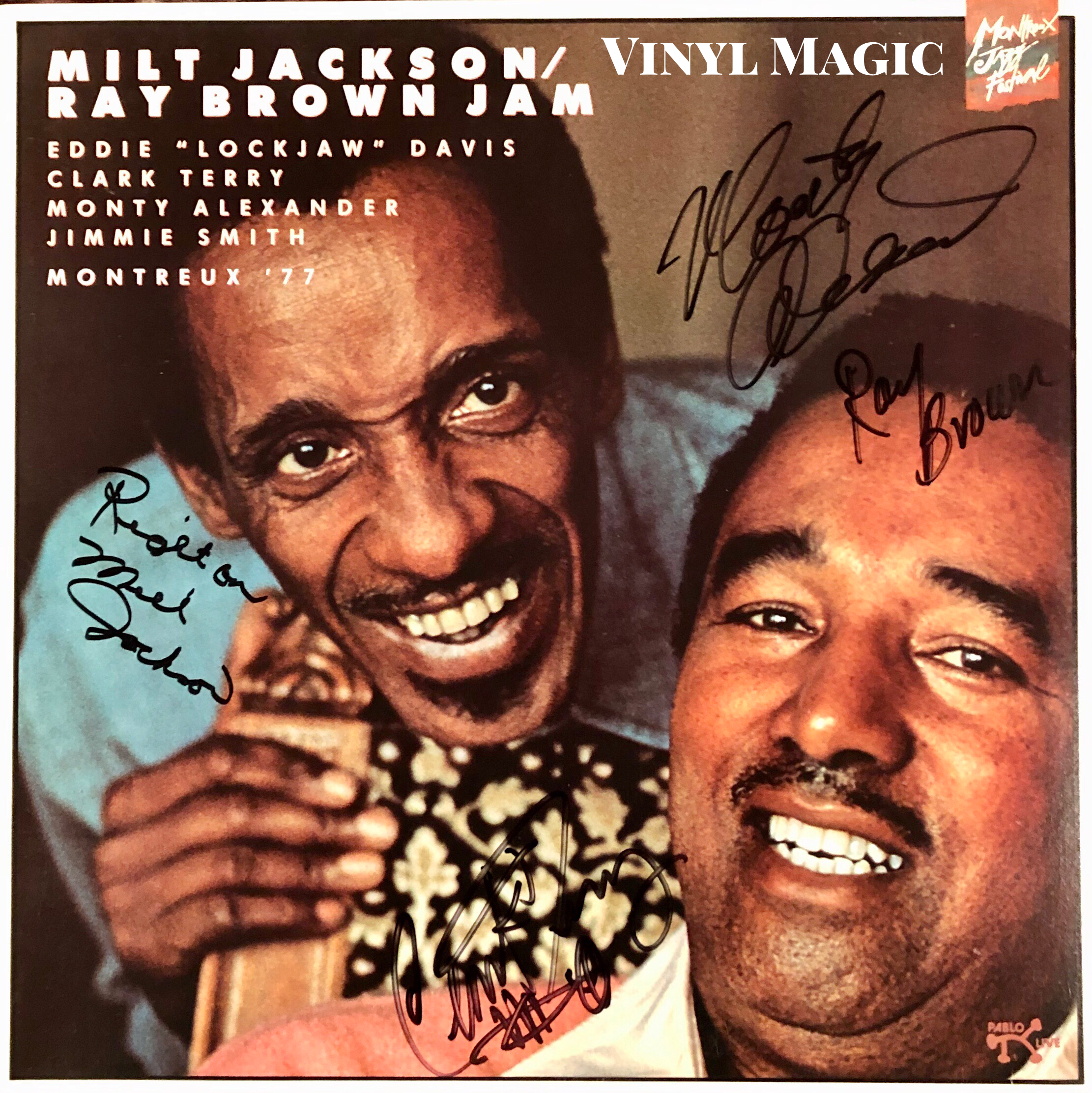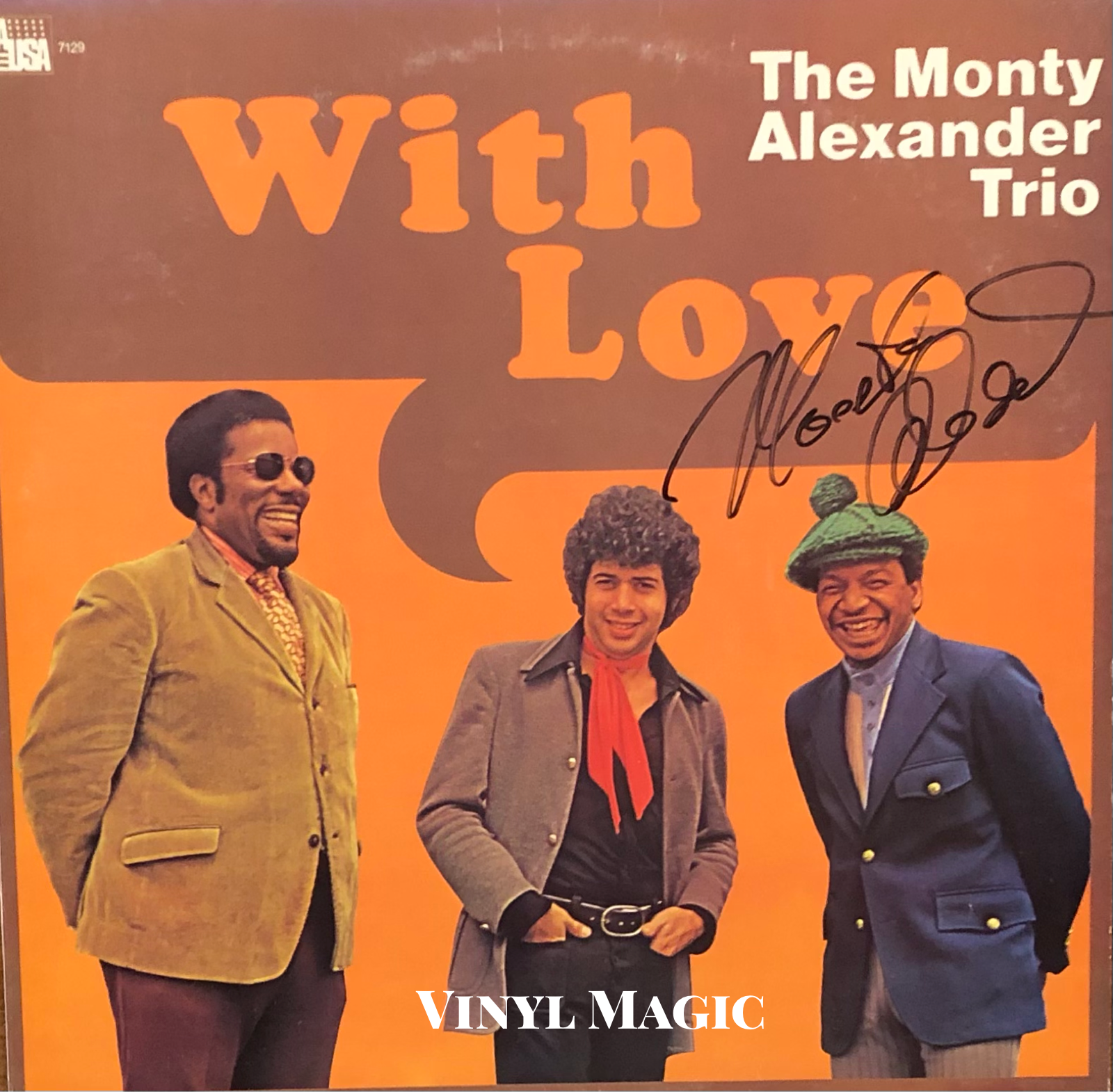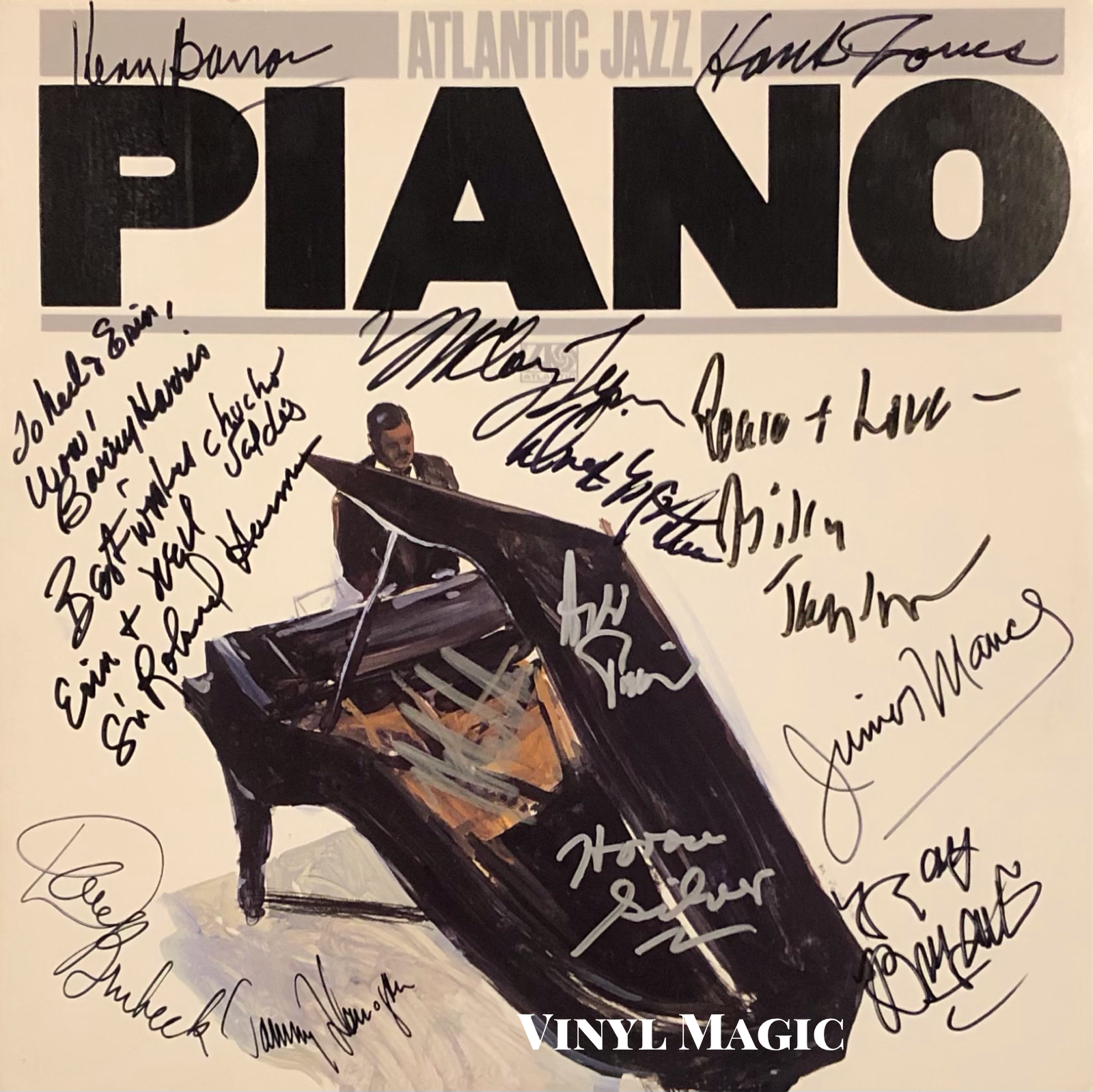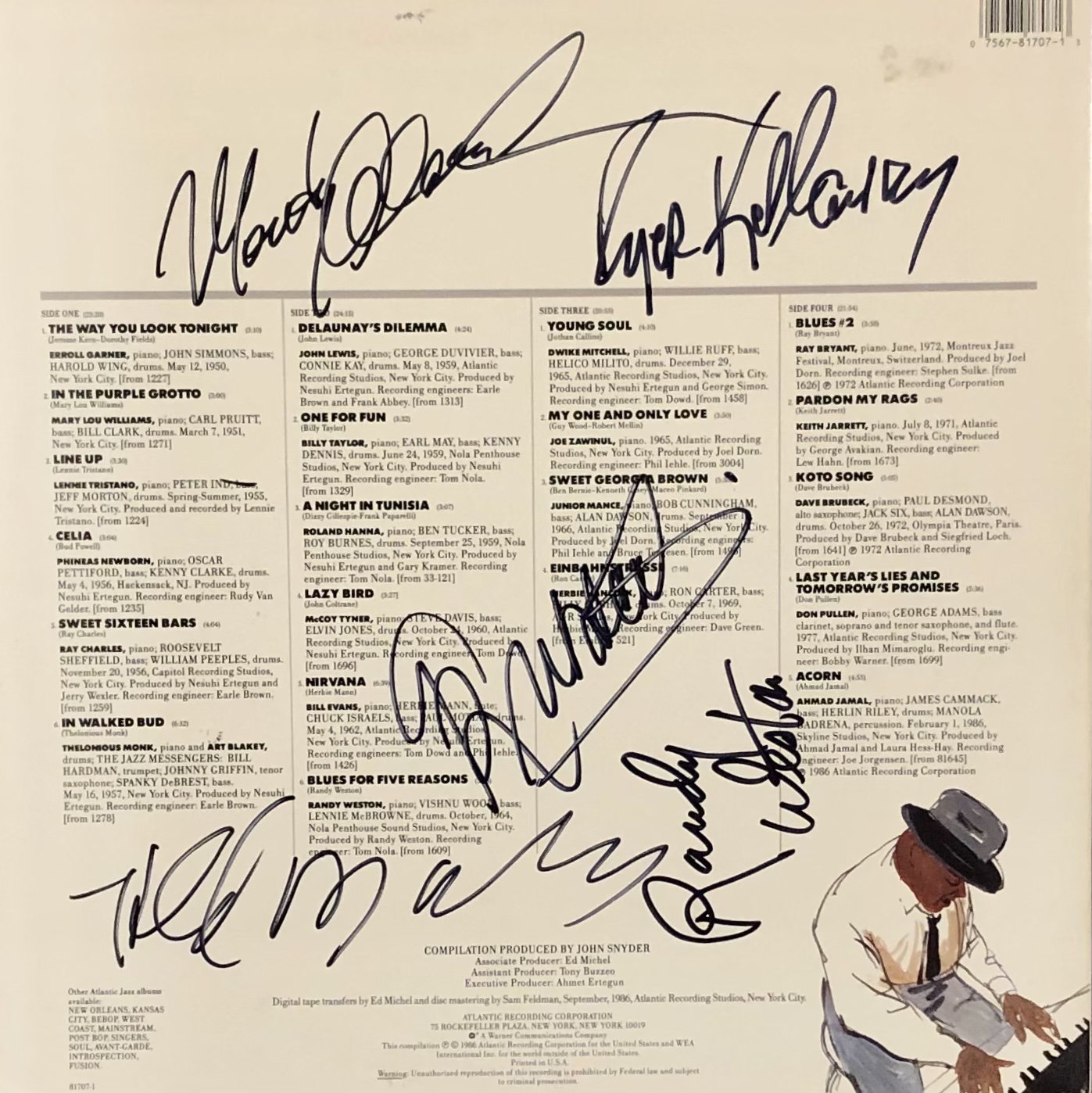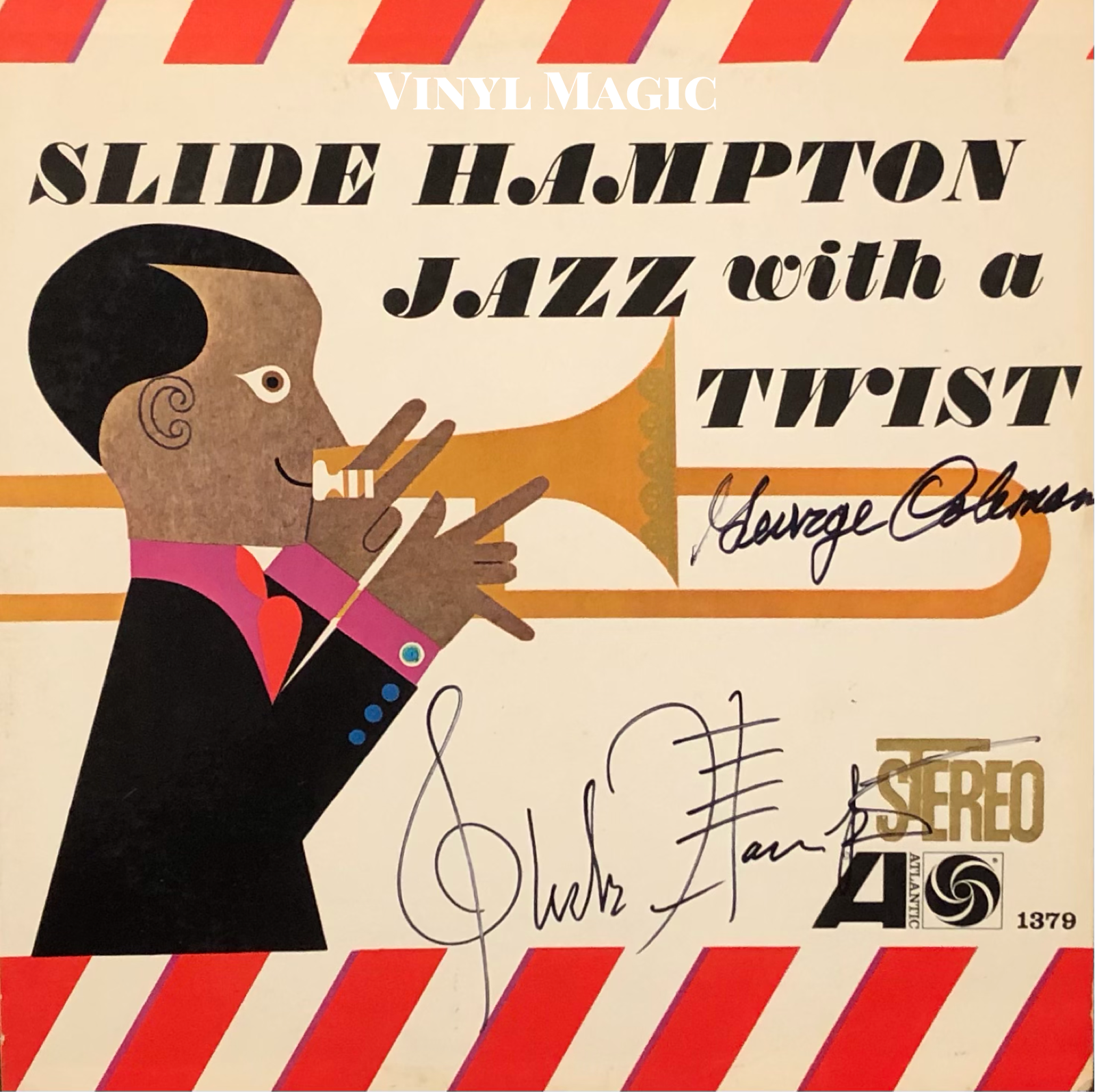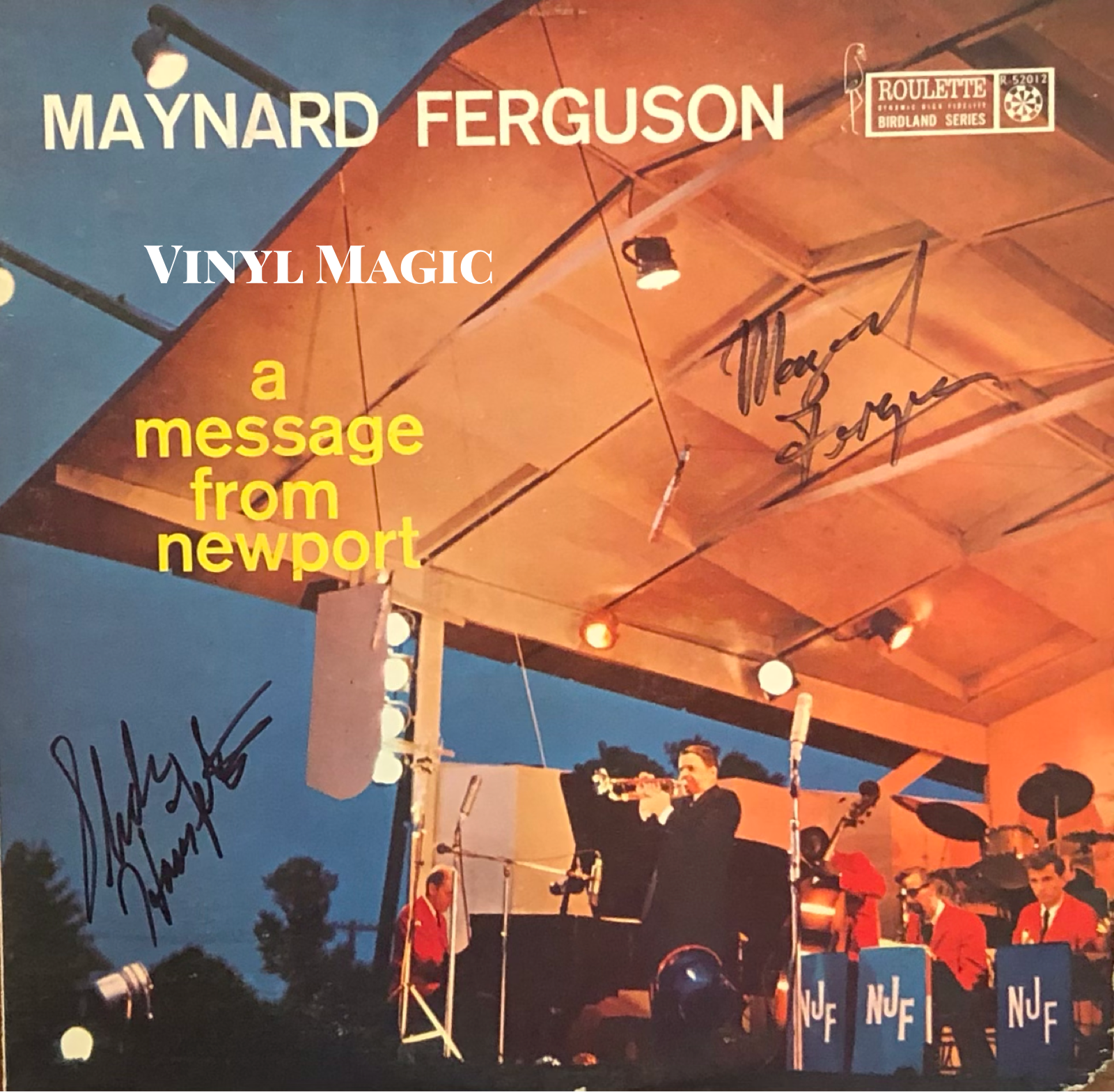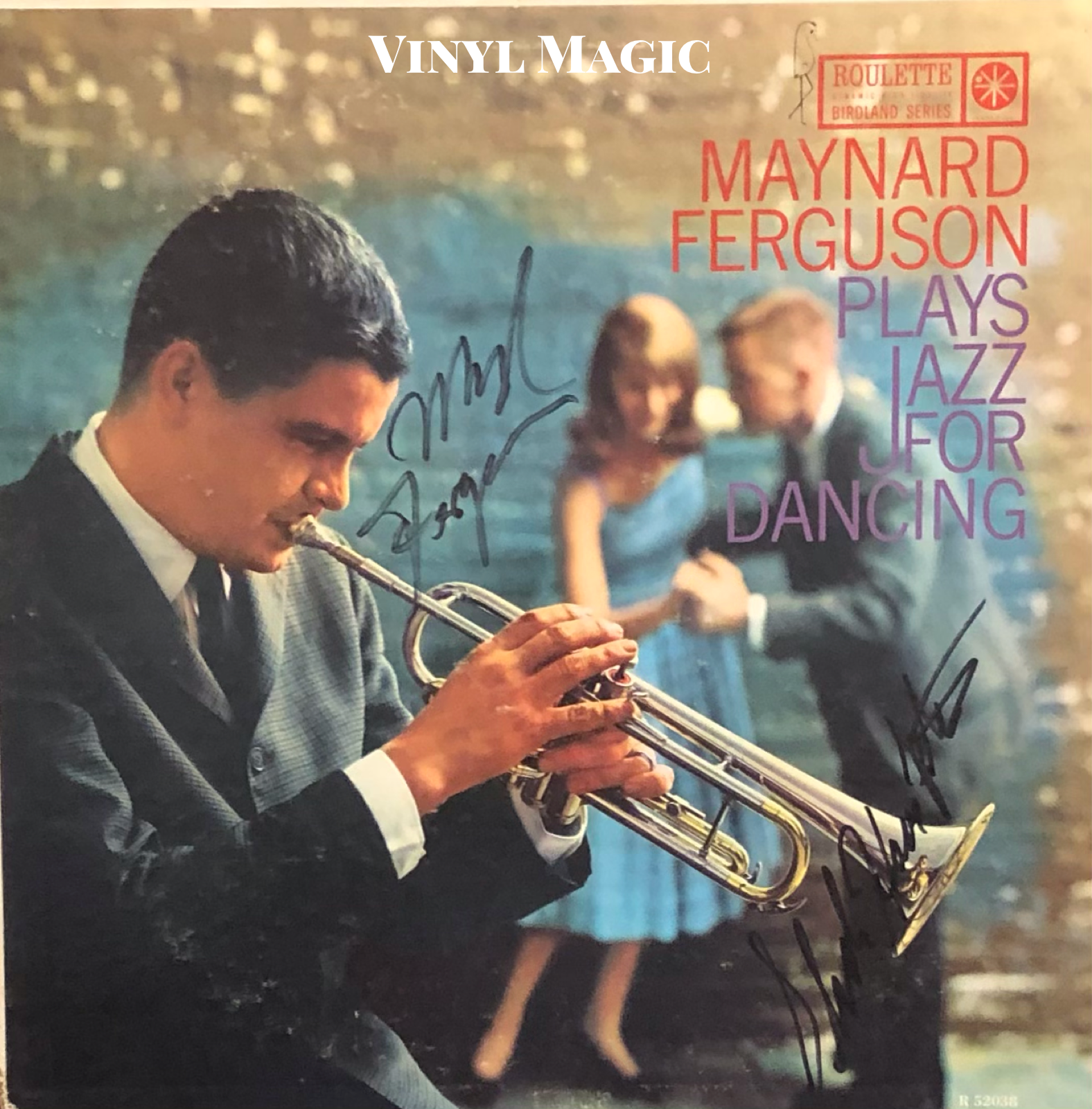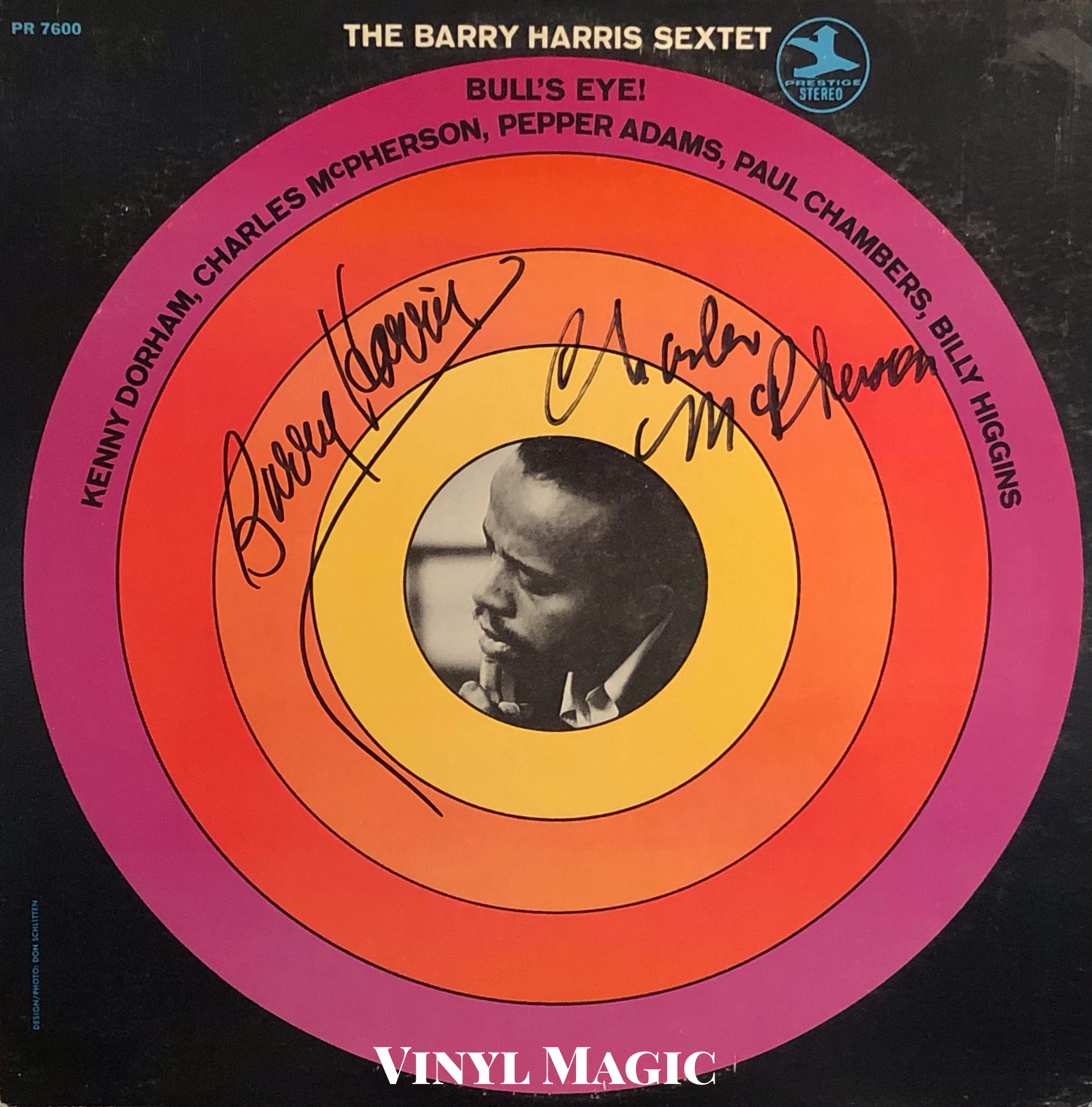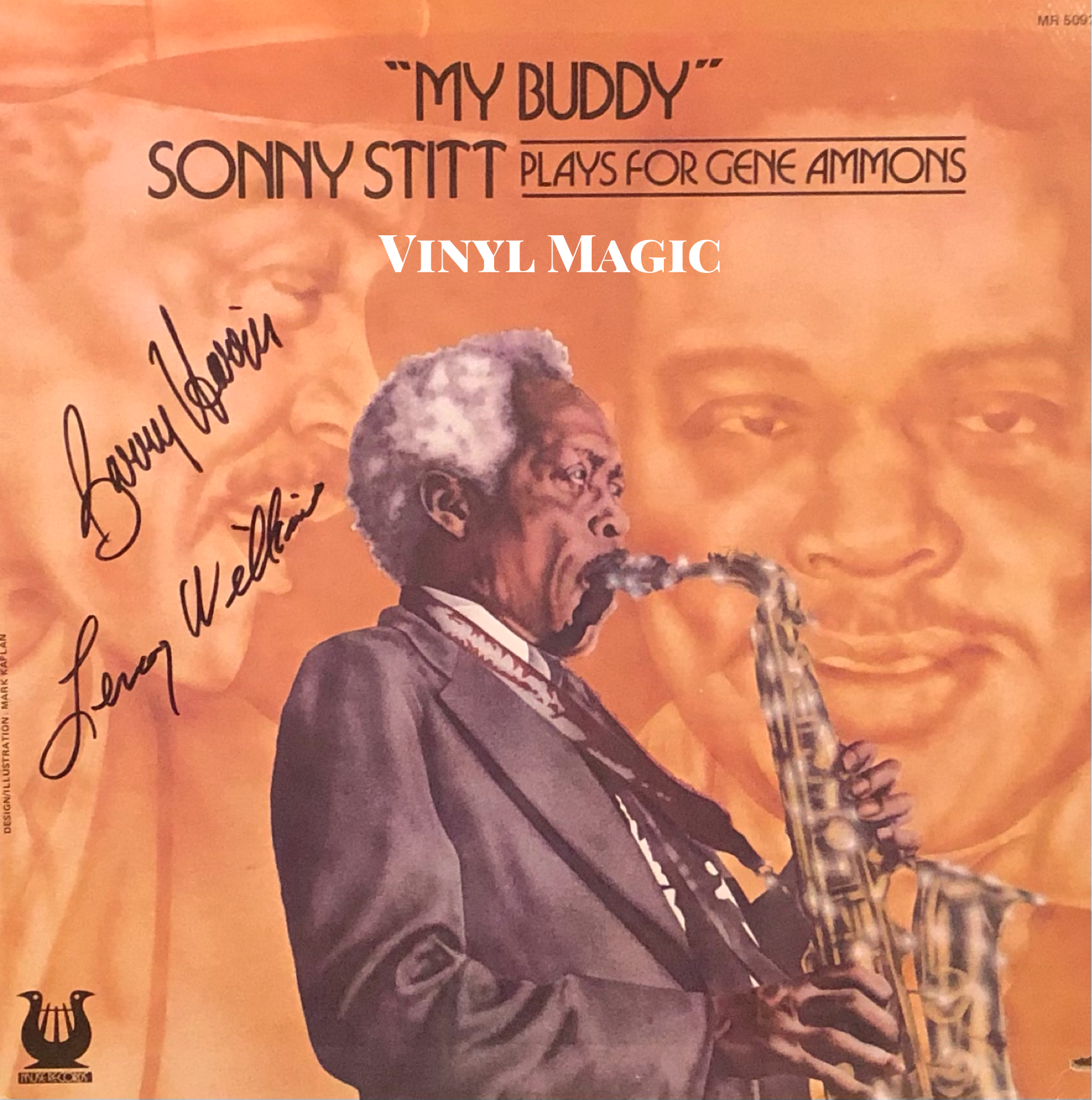Thelonious Monk, Steve Lacy and Me...
I have always loved music and theater and dance and cinema and painting, all the arts. I was really into that all my life. But jazz, I got very interested in jazz from when I heard Duke Ellington at twelve years old, that is what started me into the jazz world. It was the hottest swinging, spicy music that I had ever heard. I heard the records that he had made in 1929 and 1930, when he had the original Jungle band with Bubber Miley on trumpet and I bought those records as a kid without knowing what they were exactly. I was just intrigued by the way they looked on the shelf. I had some birthday money. I was twelve years old and I bought them without listening to them. I look them home and I flipped. That was the birth of my interest in jazz really. At sixteen years old, a few years later, I heard a record of Sidney Bechet playing a Duke Ellington piece actually and that combination was just magic for me.
Steve Lacy
I saw it happen with Cecil Taylor. I worked with him for six years in the '50s and at that time, he was really in the avant-garde and almost nobody was interested in what he was doing. In fact, he was considered a musical terrorist at that time. Almost everybody was against what he was doing and it took him about twenty years to break through and I saw that with Monk, who also was considered avant-garde, esoteric, weird and difficult and (with) no technique. That also took about twenty years to clear up so that people started to realize how good it really was. Now, fifty years after Monk wrote all of those things, all of those compositions are classics and all of us want to learn all of them. This is a cultural process. As Monk told me, "You go your own way and the public catches up with you at a certain point." I've seen very often the twenty year gap between the conception and the acceptance. I also think that the more original something is, the more resistance there is to it.
Steve Lacy on the vicissitudes of the public and critics
Soprano Sax (1957) signed by Steve
I met Herbie (Nichols) when he was alive, but I never heard him play his own things. I only heard him play so called Dixieland that he was playing to make a living at. I met him, but I had no idea about his own music until much later when I discovered it through Roswell Rudd and also through Misha Mengelberg. Now, I love it very well, but I didn't know it at the time when he was alive. The thing is, Herbie didn't live long enough to see his music accepted and developed really. Monk was lucky enough to have a wonderful wife, who helped him survive the lean years and he could do his own research and he lived to see his music accepted and flourishing. Ellington, of course, had his wonderful band and he had some great hits. He had some big hits that he wrote that helped him pay the members of his band and keep his music and to be able to realize what he wanted to realize with success. But Herbie, Herbie didn't have a chance really. He died too young and he never lived to see the interest that people have in his stuff. It's very original music and very beautiful stuff and very varied and quite interesting now and more and more people are getting interested in playing it. I think Roswell has done the most to promote it than anybody.
Steve Lacy on the underappreciated composer Herbie Nichols
It's usually not a direct line from traditional New Orleans jazz to the avant garde, but this was the uncommon path which soprano saxophonist and Jazz master Steve Lacy trod. A prolific artist, Steve released more than one-hundred recordings in his career, participated on dozens more as a sideman, and he is cited as an essential source by fellow saxophone deity Wayne Shorter who proclaimed, "Anyone who plays soprano orientates himself on Steve Lacy." Unlike most of his contemporaries, Steve rarely played jazz standards or show tunes, rather, he was an early champion of the music of Mingus, Monk and Herbie Nichols. For his accomplishments and acclaim, Steve was awarded a MacArthur Fellowship, a "Genius" Award, in 1992, twelve years before his untimely and unfortunate passing from cancer.
Born Steven Lackritz in New York City in 1934, Steve was exposed to music as a child playing the piano. Eventually, Steve picked up the clarinet before settling on the soprano saxophone, his weapon of choice and primary instrument. Of his foray into traditional jazz, "...I was into the traditional jazz world playing with the people from New Orleans, Chicago, Kansas City, and playing traditional jazz. The reception was good there because I wasn't competing with anybody. There was already the trumpet, trombone, and the clarinet in those bands and I was playing the soprano saxophone. I wasn't taking anybody else's job away, so they just sort of added me on." Steve developed his chops and jammed with Henry "Red" Allen, Pee Wee Russell, Buck Clayton and other musical luminaries. In fact, Rex Stewart, a cornetist with Duke Ellington, suggested he shorten his name to Lacy.
From those humble beginnings, Steve’s participation on Gil Evans & Ten led to Steve's first record, Soprano Sax released in 1957, "I recorded with Gil Evans in his first record for Prestige and as a result of that, the producer, Bob Weinstock offered me my own chance to record under my own name. So I made my first record. I used Wynton Kelly on piano and Dennis Charles on drums, Buell Niedlinger on bass and I did the best I could for a young beginner. I had some Ellington material, one Monk piece, and a calypso piece." So long Dixieland, Steve's career was off and running.
Reflections: Steve Lacy Plays Thelonious Monk (1959)
His love of all things Thelonious Monk was nurtured by his friendship and association with the then enfant terrible of jazz, pianist Cecil Taylor. Steve explained, "I fell in love with his music… I was working with Cecil for six years in the '50s and Cecil turned me onto Thelonious Monk. First, we were playing one of his pieces in Cecil's group and then I went with him to hear Monk in 1955 at a little club in downtown New York. And again, I flipped. Every time, it is some great music that I hear for the first time, I flip. I flip again and again. I really fell for Monk's music and I started to learn it the best I could from his own records. I found to my delight and surprise that it was very good for the soprano saxophone. The range was ideal for me. It was like the right hand of the piano, which is in the same range as the soprano saxophone. They fit me. Those pieces fit me and also, they were very full of challenges and problems. They were difficult to play and nobody else was playing them. Not even Monk was playing them. He wasn't working very much in those days. So it seems like that material was made for me in a way, or made for my instrument." For most of 1960, Steve was a member of Thelonious' band and he appeared on The Thelonious Monk Orchestra At Town Hall, an important 1959 recording with other jazz greats, Donald Byrd, Charlie Rouse, Art Taylor and Phil Woods. Steve’s love affair with the music of Thelonious would endure for the entirety of his career.
Steve found a kindred spirit and collaborator in trombonist Roswell Rudd, as he recalled, "We were like fellow researchers. We both love Ellington and the whole history of jazz, but especially we were very interested in Monk's music. We worked together on it to discover how it was made and what it consisted of. He helped me correct my mistakes and I helped him find good parts for him to play on the trombone, so we collaborated on that and the thing is, you have read the expression "Sunday painters." Well, we didn't want to be that. We wanted to play that every night and for a long enough time so that we got to the bottom of it and also, so that we could play it freely. If you only play something once in a while, you can't, you have to be very polite with the material. You can't take liberties with it. We felt that if we played this music long enough, we could find a freedom on the other side and sure enough, we were right. Of course, we couldn't make any money then. Back then, it was considered very weird to have a quartet with no piano, playing the music of Thelonious Monk in little cafes in New York. That was really underground."
Momentum (1987) signed by Steve
While the music was new and challenging, the audiences were not as welcoming. In the 1960s, there seemed to be more opportunities in Europe and Steve found that many of his peers were enjoying a comfortable life there as expats. After marrying Swiss vocalist/violinist Irene Aebi in 1967, and touring extensively in Europe, Steve and Irene moved to Rome, then settled in Paris. Steve explained his departure with this illuminating observation, "...when we left in the Sixties, the music that we were doing was rather still underground. There was little interest in it and we couldn't make a living with it. That was out of the question. When I got to Europe, I found that one could make a living with it over there. There were all the different countries, all the different cities, and lots of good musicians here and there and radio stations, record companies, critics, fans, everything. There was everything that was not in America at that time and so I stayed. It did flourish for a long time and now it started to get better in America and I am working more and more here, so it was logical to follow the music back home. The artistic context is very high there. It is an older civilization. It is older in that it goes back further than it does here and the culture is more grown. It is longer grown. That includes painting and music and dance and lots of things like that. Here, it is a few hundred years old and there, it may be a thousand years or more and in some places, there is much more than that. That is an important part because any kind of art is an organic commodity that is grown under circumstances with influence and inspiration from the surroundings. For example, Italy is a beautiful place and has a very high level of culture and the music, the people understand music extremely well. They listen to opera in their own language and their ears are highly developed really. In America, you have good listeners and all of that and good performers, but it is a younger kind of thing. It isn't as deep as it is over there yet because it can't be. Too little time has gone by. Even jazz is just about a hundred years."
For more than thirty-five years, Steve and his wife remained in Europe, performing and recording, until the unrelenting hellhounds of the French tax authorities forced Steve to relocate back to the United States. For the last two years of his life, Steve accepted a position as a professor of music at the New England Conservatory of Music where he nurtured and mentored students, and continued to perform concerts.
Sempre Amore (1987) signed by Steve, Mal Waldron
Erin and I were lucky to see Steve at the Village Vanguard in New York City in 1996. It was a rare stateside appearance at the venerable and intimate club, and he was joined by his longtime friend Mal Waldron on piano. Steve recounted their association, "I've known Mal from the Fifties. We worked together back then. He was on my second record. We were accompanying the poets together at the old Five Spot. Then we met again later in Europe. We both moved to Europe around the same time in the mid-Sixties. Then finally, in the Seventies, I started to work with him and he started to work with me and then we started doing duos together and it just went on and on and on. A collaboration like that is rare and very precious and flourishes. It is organic. It goes on and on and on until it can't go on anymore. Mal is a wonderful accompanist. He can make anybody sound good. I like to play with him because he made me sound good."
It was a Tuesday night late show and the environment at the Vanguard was loose and low key. The show wasn’t sold out and there wasn’t a lot of fussing, just two master musicians collaborating and creating. The program was Monk, Mingus and some knotty originals, a perfect display of their wonderful interplay and longstanding chemistry. Steve was blowing hot and cold while Mal could do it all: swing, bebop and even mixed in some dissonance. It was a remarkable and engaging performance. After the show, I chatted briefly with Steve and he was gracious as he signed his albums. As he signed Soprano Sax, "You know, this was the beginning for me." When he signed Reflections, he noted, "This is all Thelonious, what a musician he was." I thanked Steve for his time and, especially, his music.
Steve Lacy once described his vocation as "combination orator, singer, dancer, diplomat, poet, dialectician, mathematician, athlete, entertainer, educator, student, comedian, artist, seducer, and all-around good fellow." What a powerful legacy he and his music leaves.
Impressions (1959) signed by Mal Waldron
Perhaps Danilo Perez, a gifted pianist and fellow New England Conservatory Of Music faculty member, said it best in a tribute when Steve passed:
“Steve Lacy showed us that being a jazz musician is the work of a lifetime. His compositions and improvisations are full of wisdom and life. He taught us the power of words through his music. Hearing his soprano playing was a life changing experience, because he approached his sound, improvisation and technique as if he believed it was a test of man's sincerity.
As a friend, he was a very encouraging, caring and generous man with a great sense of humor. As a teacher, he was a great educator who inspired all of us inside and outside the classroom, with the genius of his musical phrasing and his brilliant remarks. Last year while playing a duo concert in New York, he took me to an exhibition of a great Chinese painter. His detailed comments about the paintings offered a great lesson in color subtlety and form. I found myself contemplating his words of wisdom all afternoon. That night after the very inspired concert we played, he said; ”Danilo we were painting tonight.“ He was very kind to me and to many people who knew him. As he would say, the music and the artist become one as we get older.”
Choice Steve Lacy Cuts (per BKs request)
https://www.youtube.com/watch?v=B_JDAvPtw24&list=OLAK5uy_lPb85EplMP6V10TnfCjdEYNFWX8HZUE08
“Ella Speed” Gil Evans & Ten 1957 Steve plays Leadbelly!
https://www.youtube.com/watch?v=AGeCy65z0xA
"The Star Crossed Lovers" Sempre Amore Steve and Mal play Ellington 1987
https://www.youtube.com/watch?v=gRPl1A7ypgY
“Day Dream” Soprano Sax 1957
https://www.youtube.com/watch?v=jgLxDyWRjIc&list=OLAK5uy_nIg0udfI3ek2p9MEfJKiF7o1bXTXfEZ3w&index=7
“Skippy” Reflections 1958
https://www.youtube.com/watch?v=PgXI15ZMJxs
"Snake Out" Steve and Mal live in Paris 1081
https://www.youtube.com/watch?v=cUuilQcWNsA
"Mistral Breeze > House Party Starting!" Steve and Mal Waldron play Herbie Nichols live















